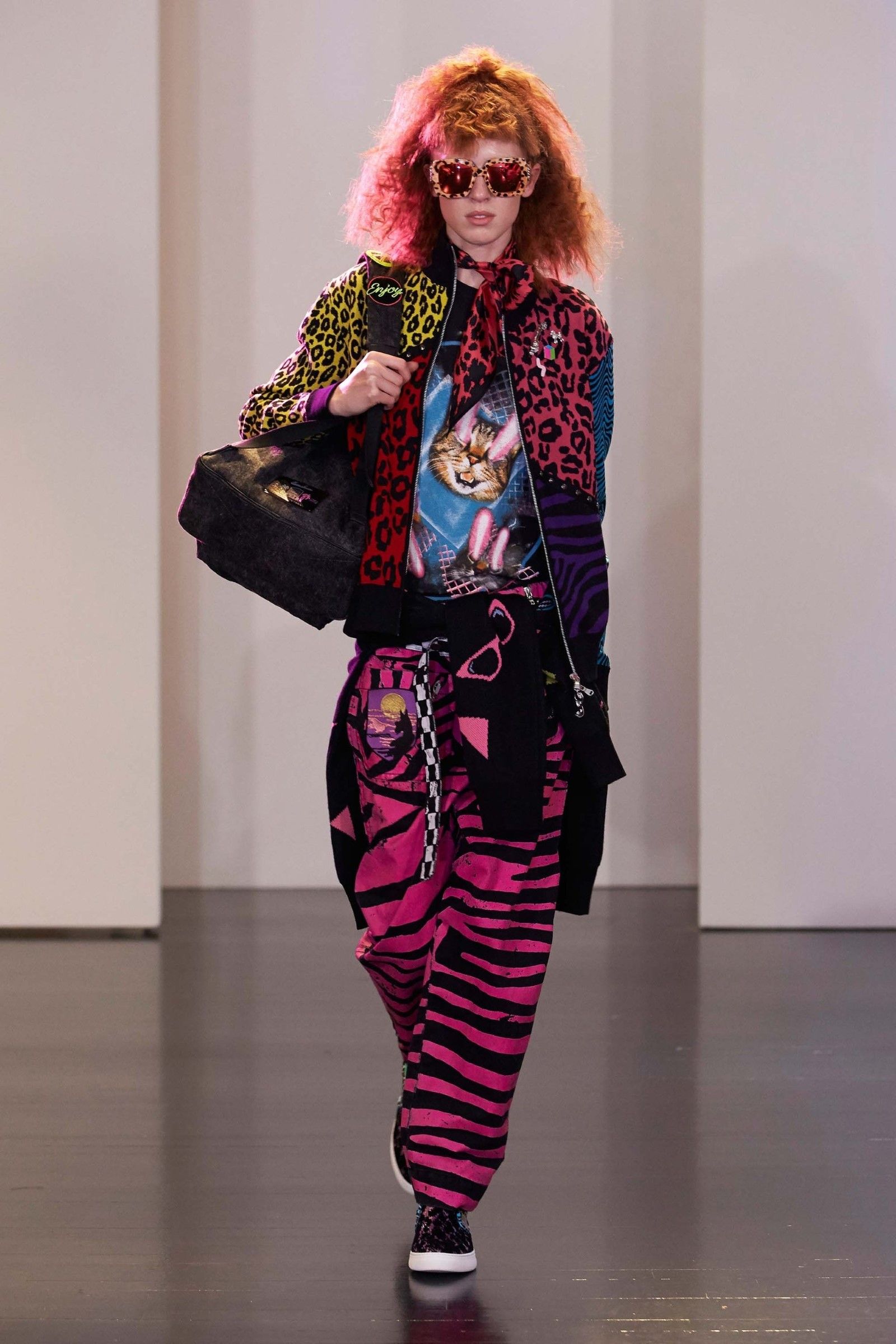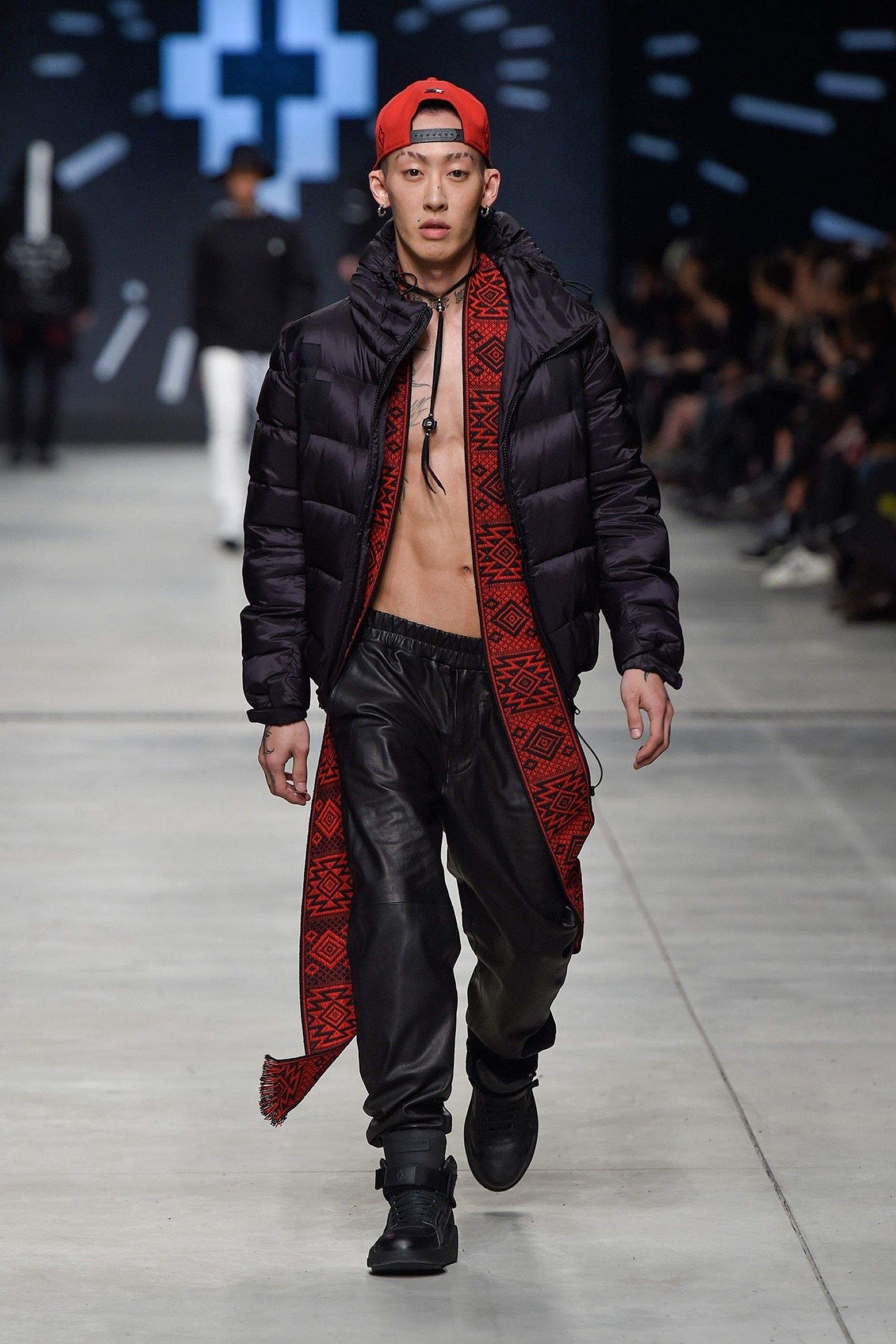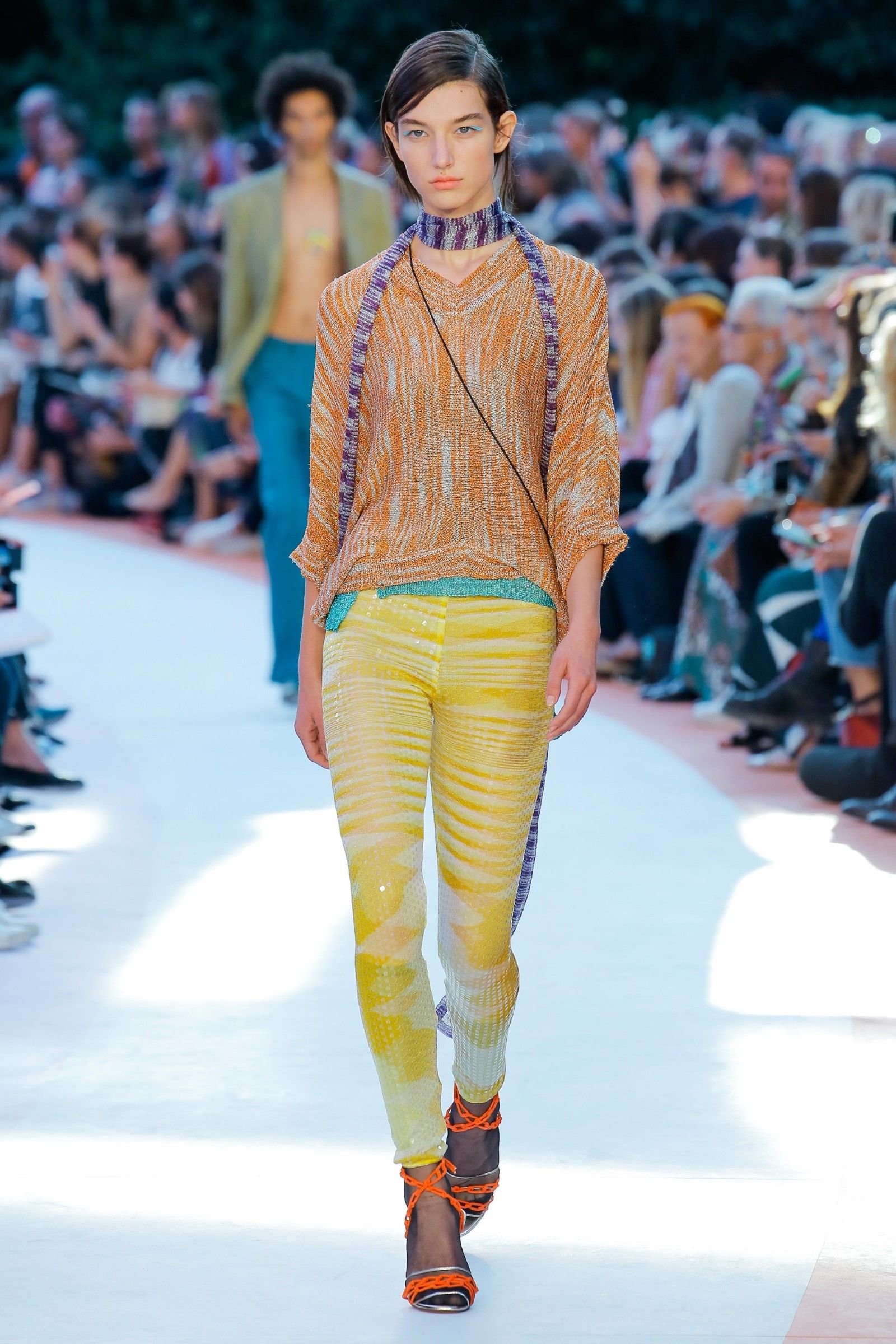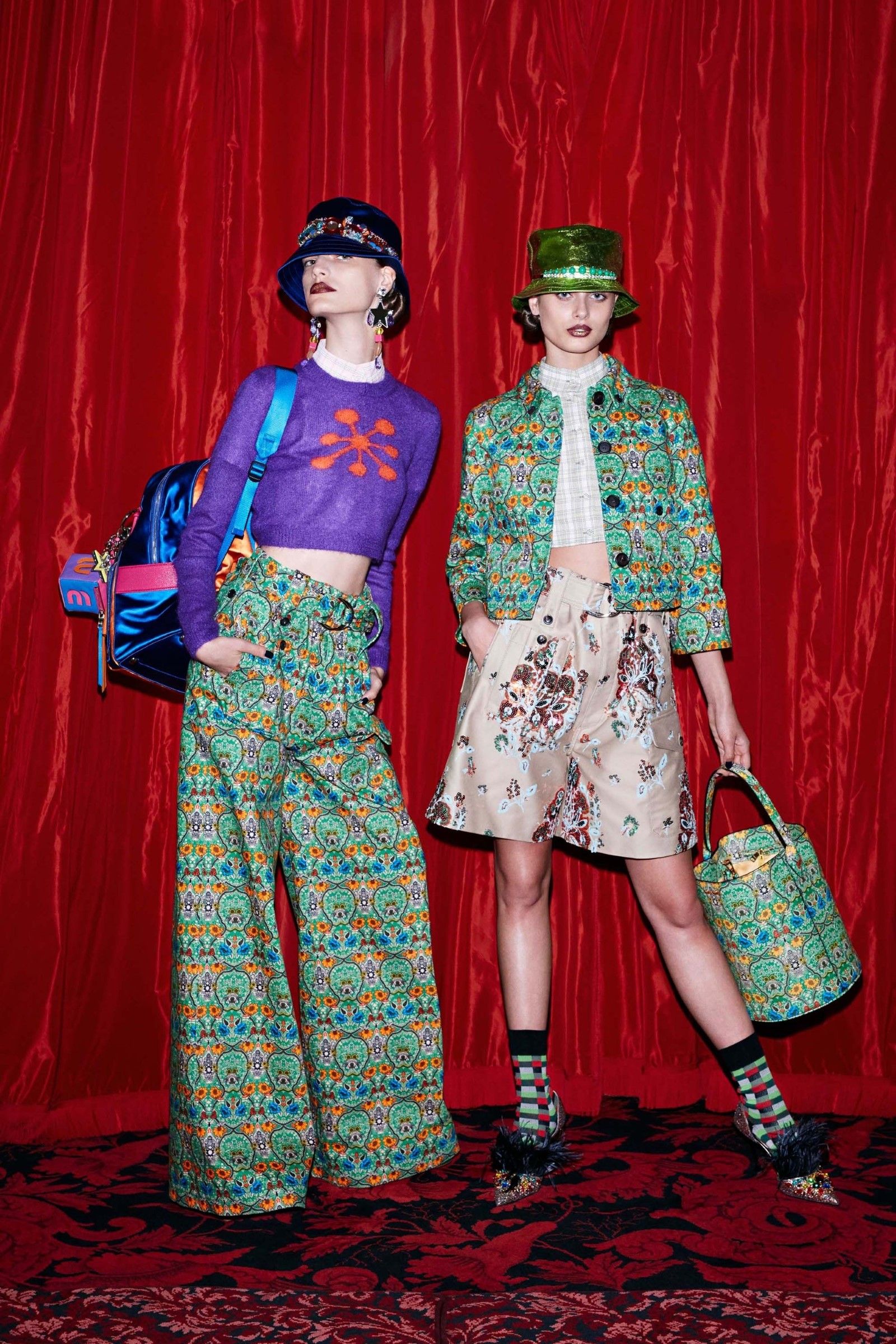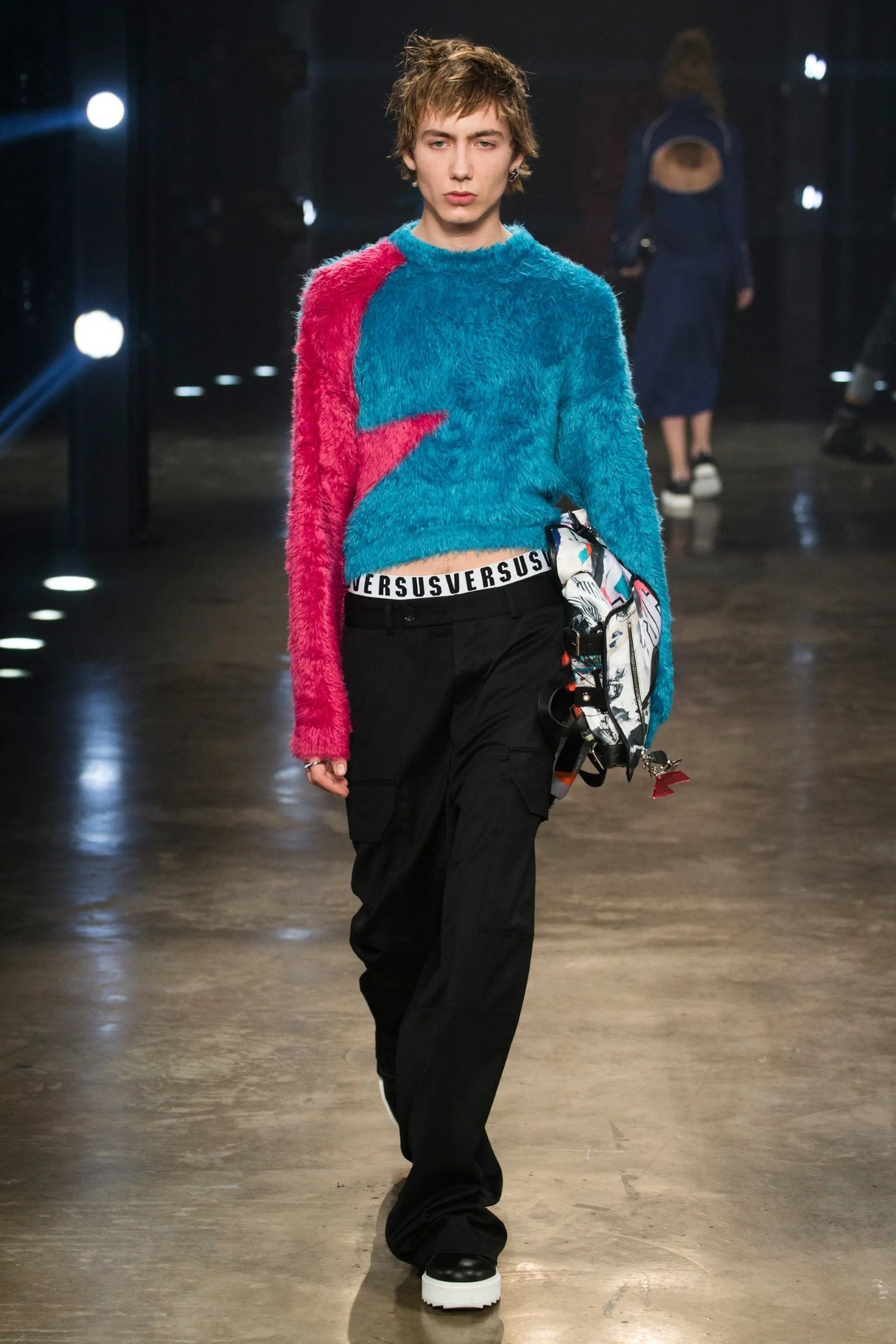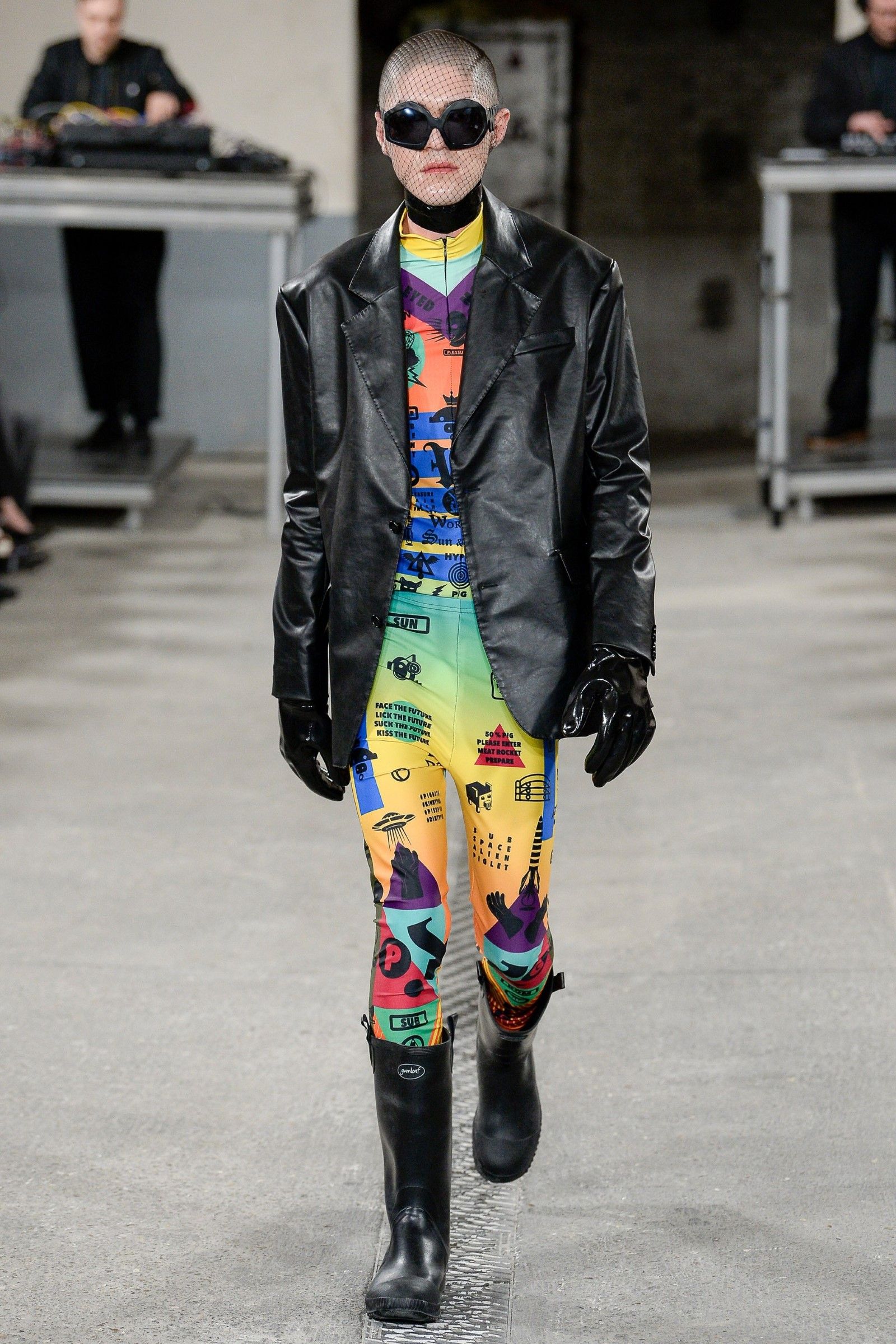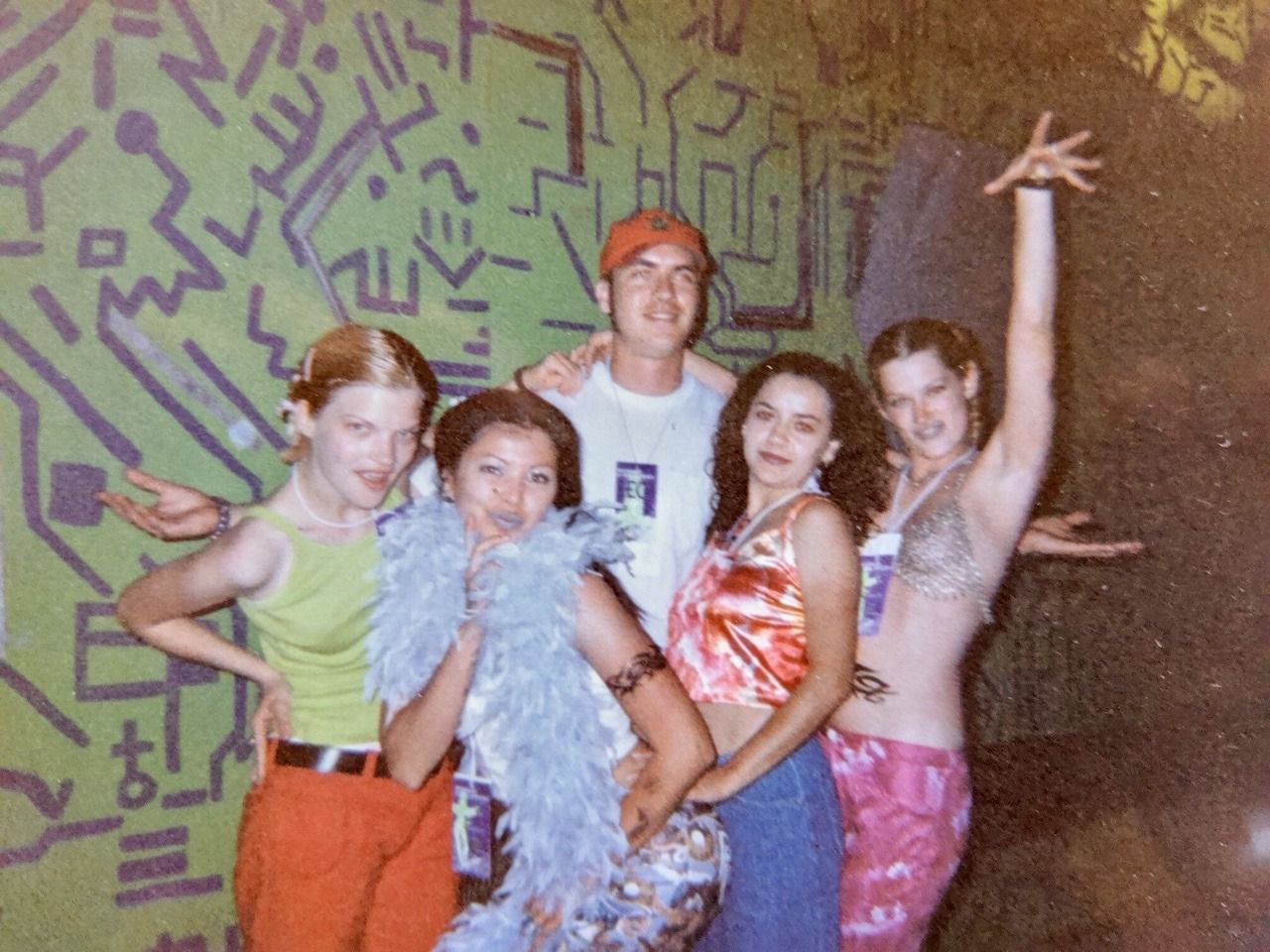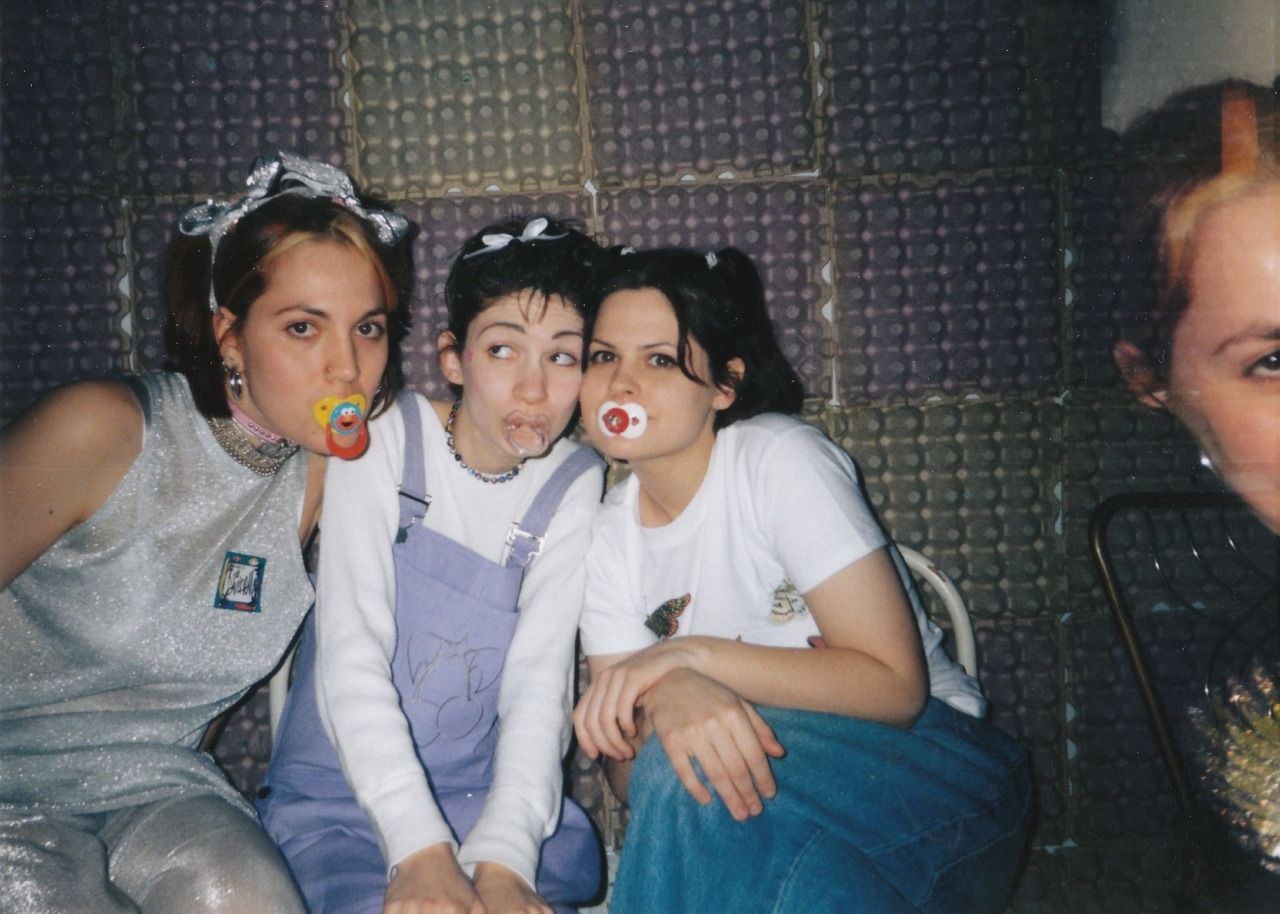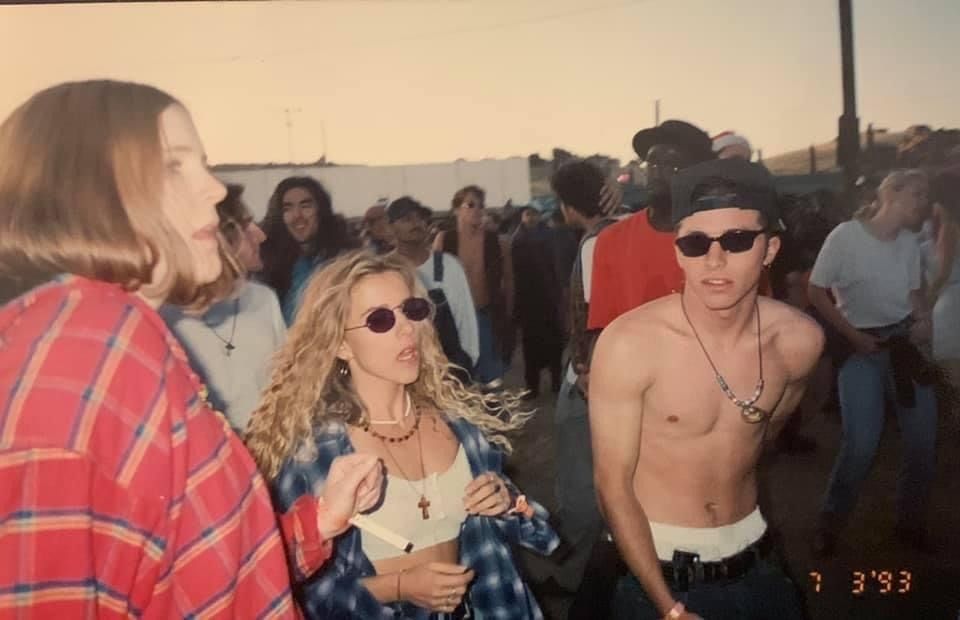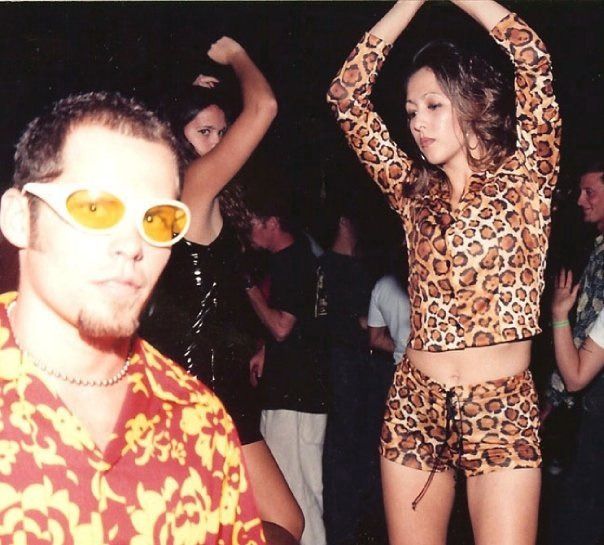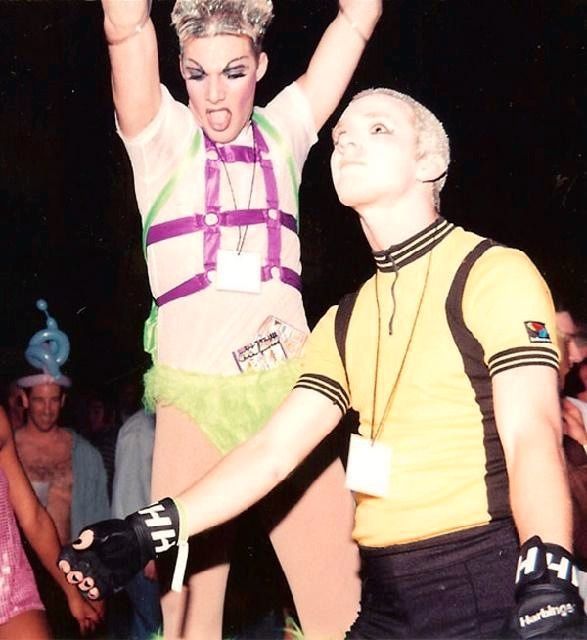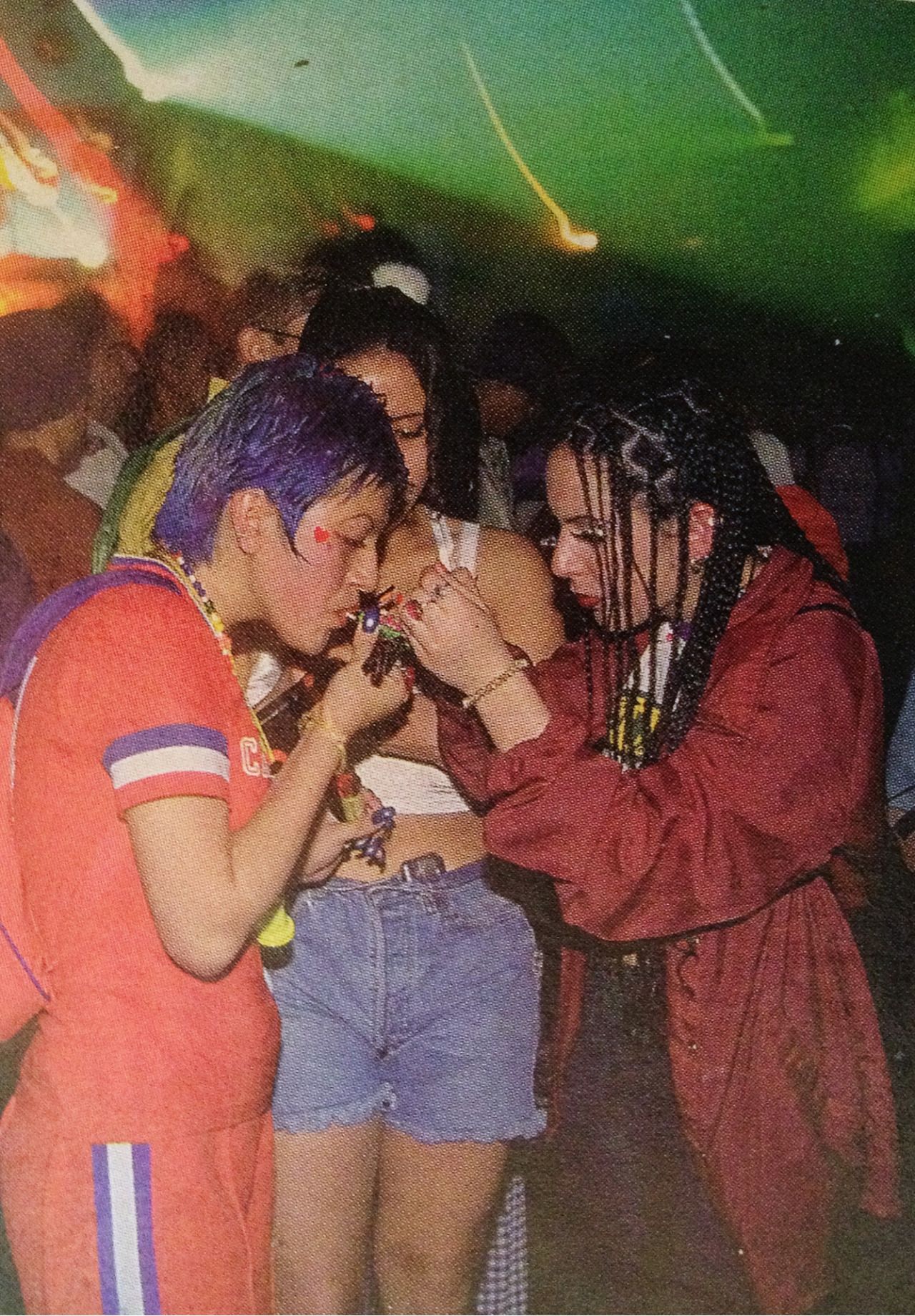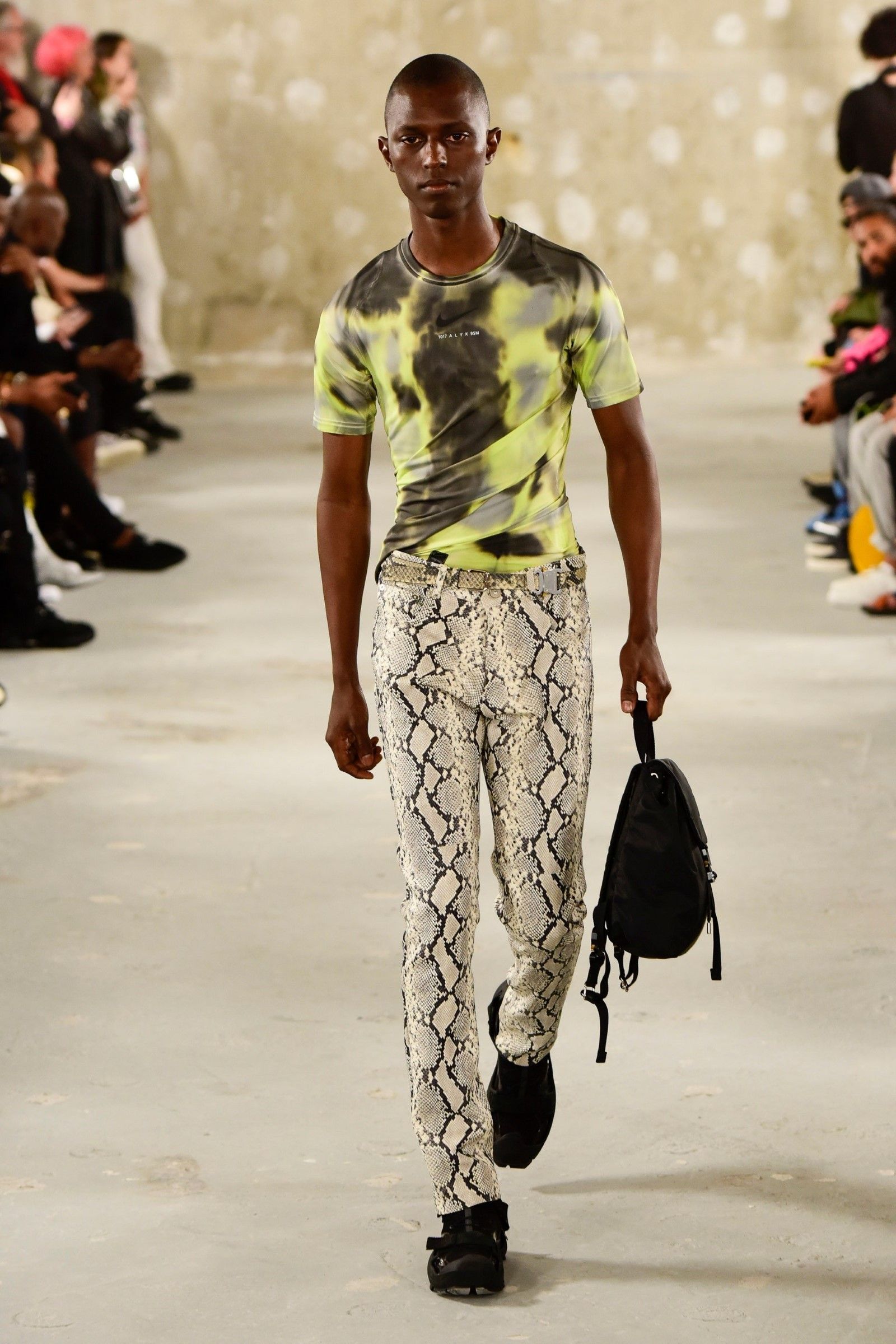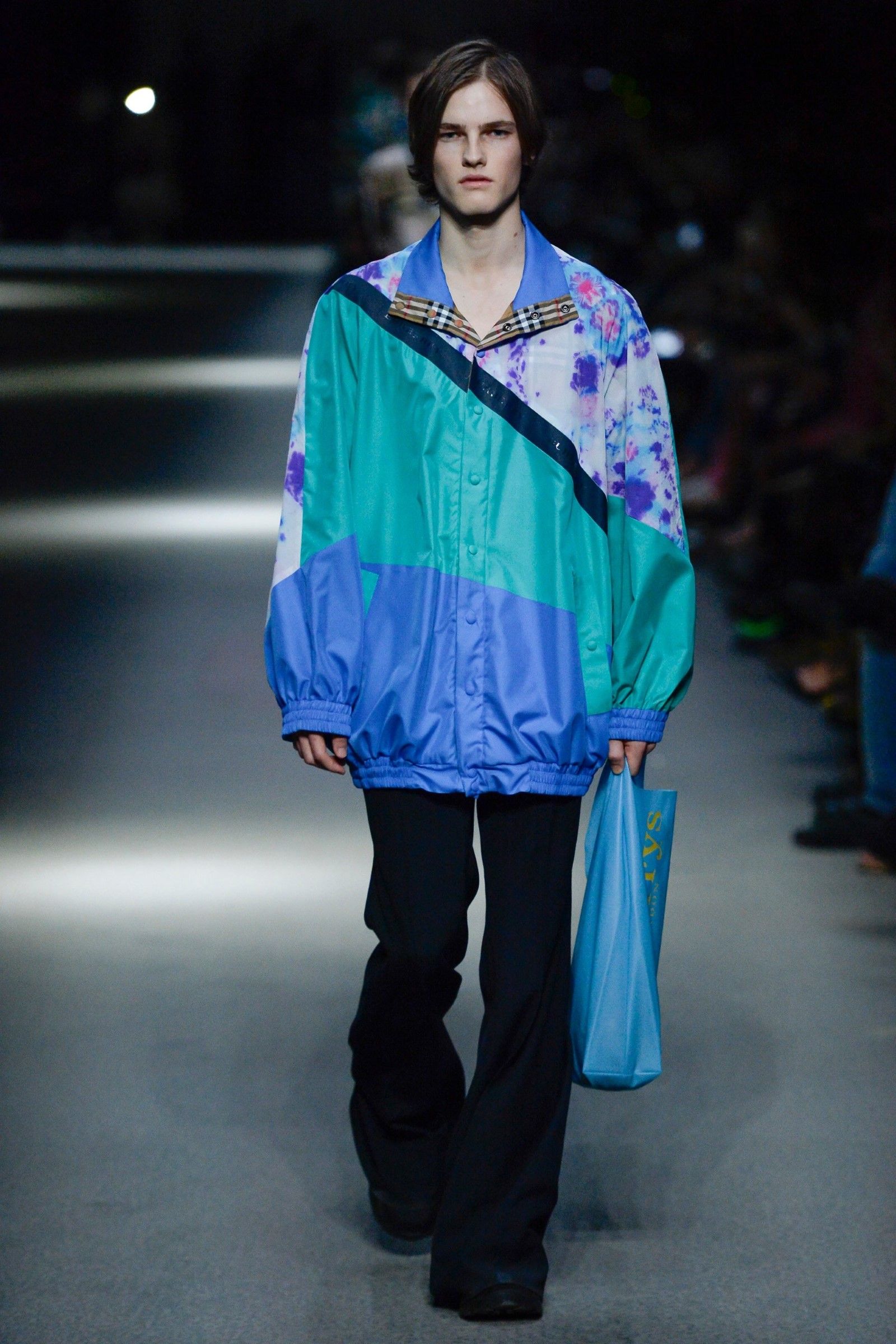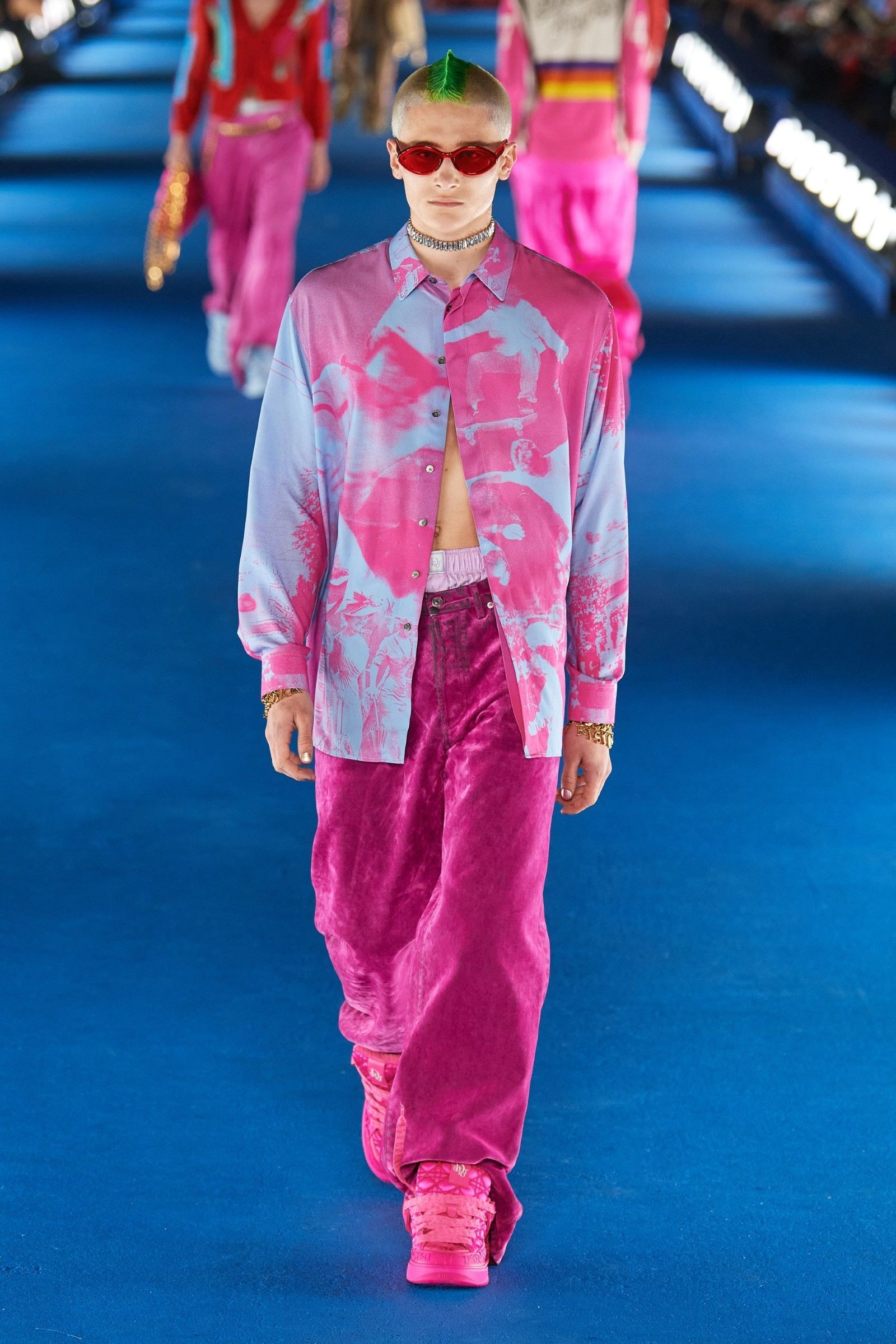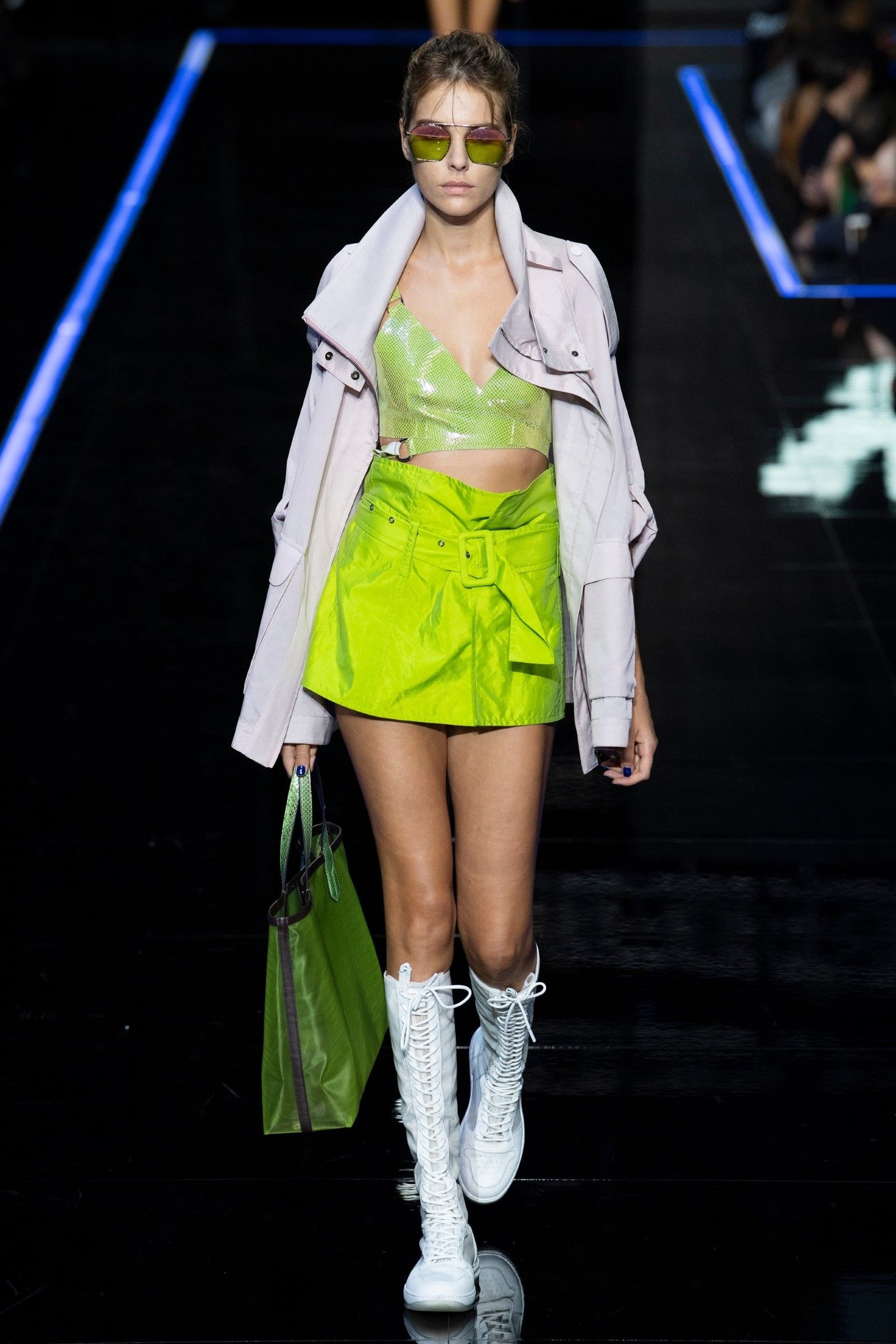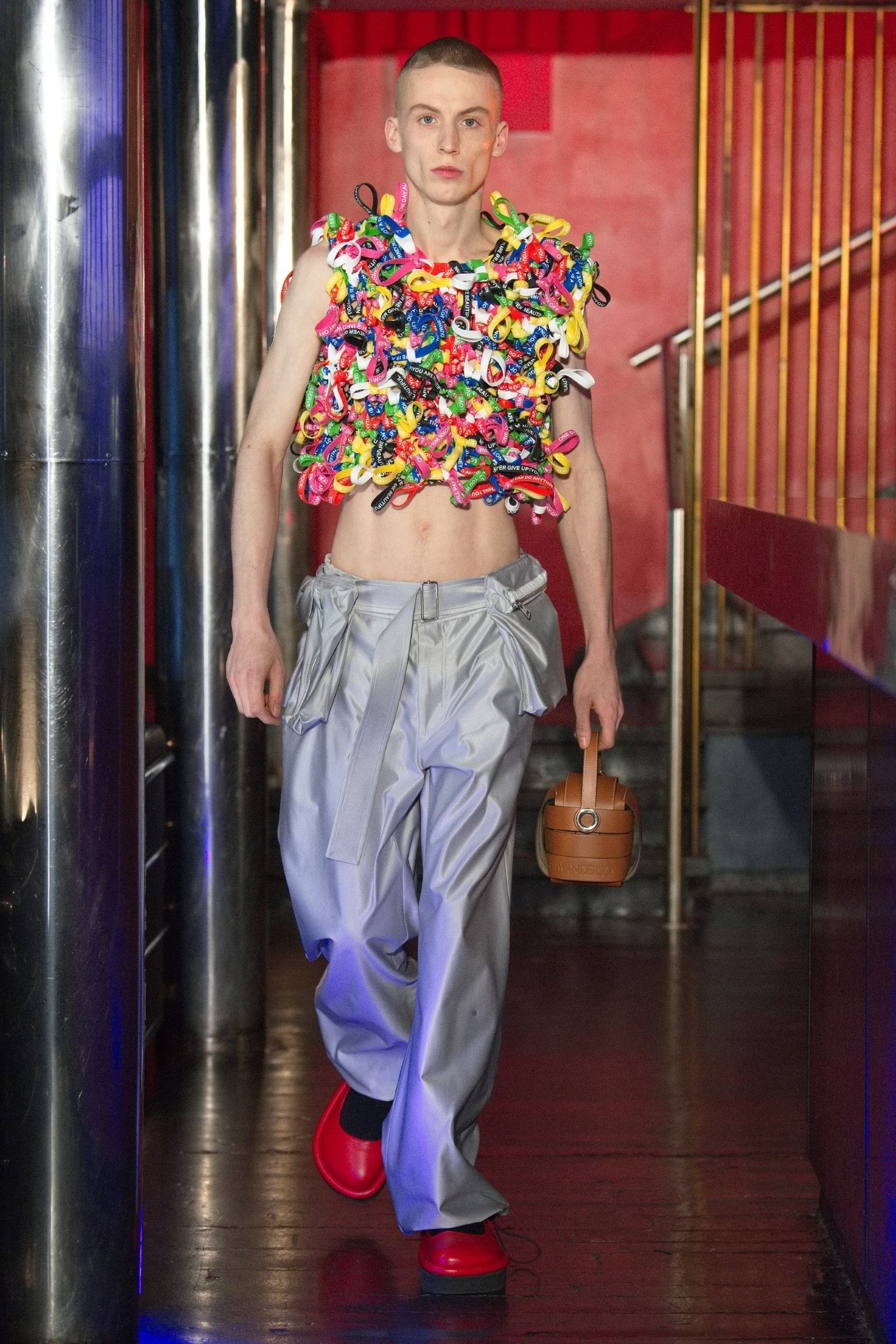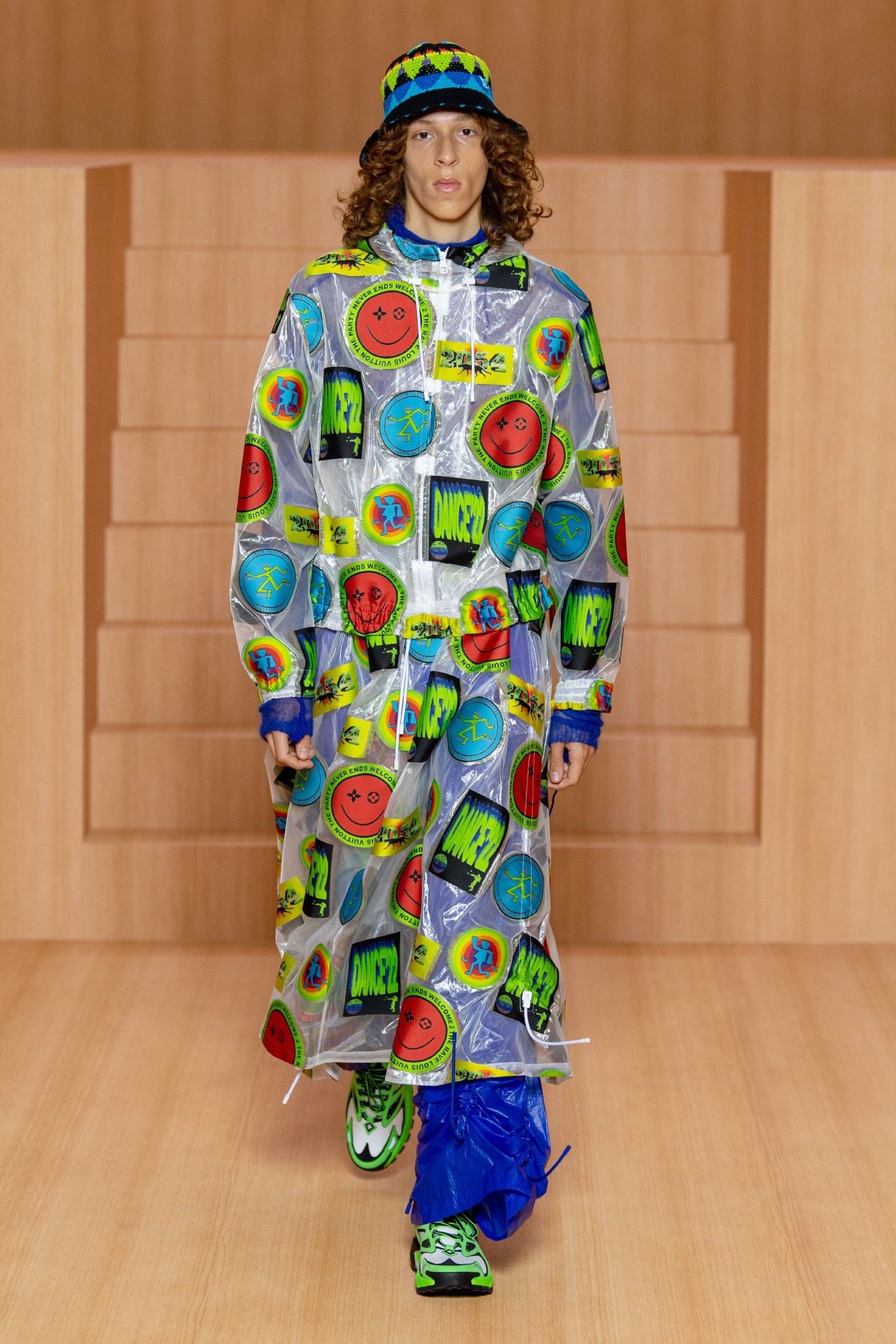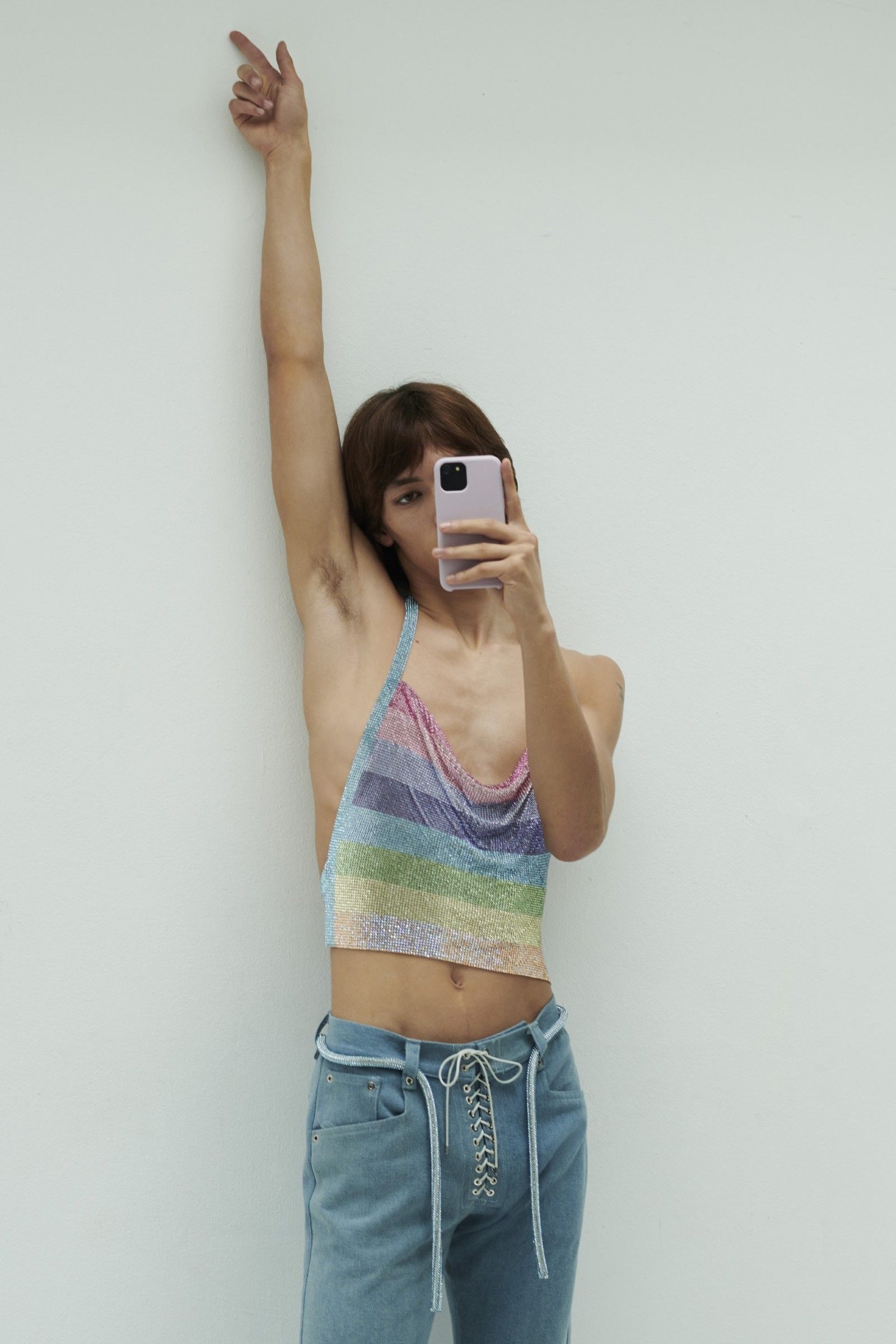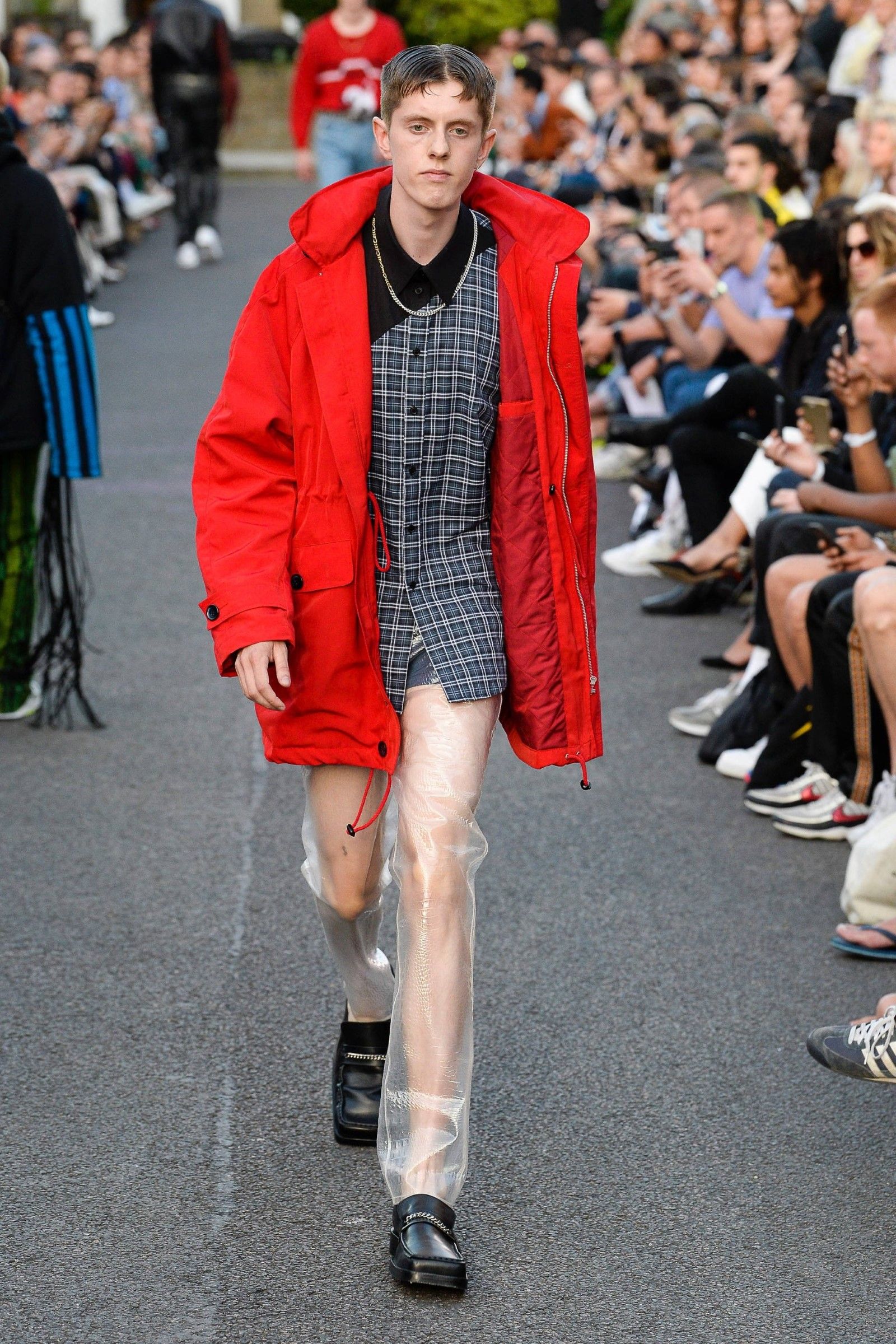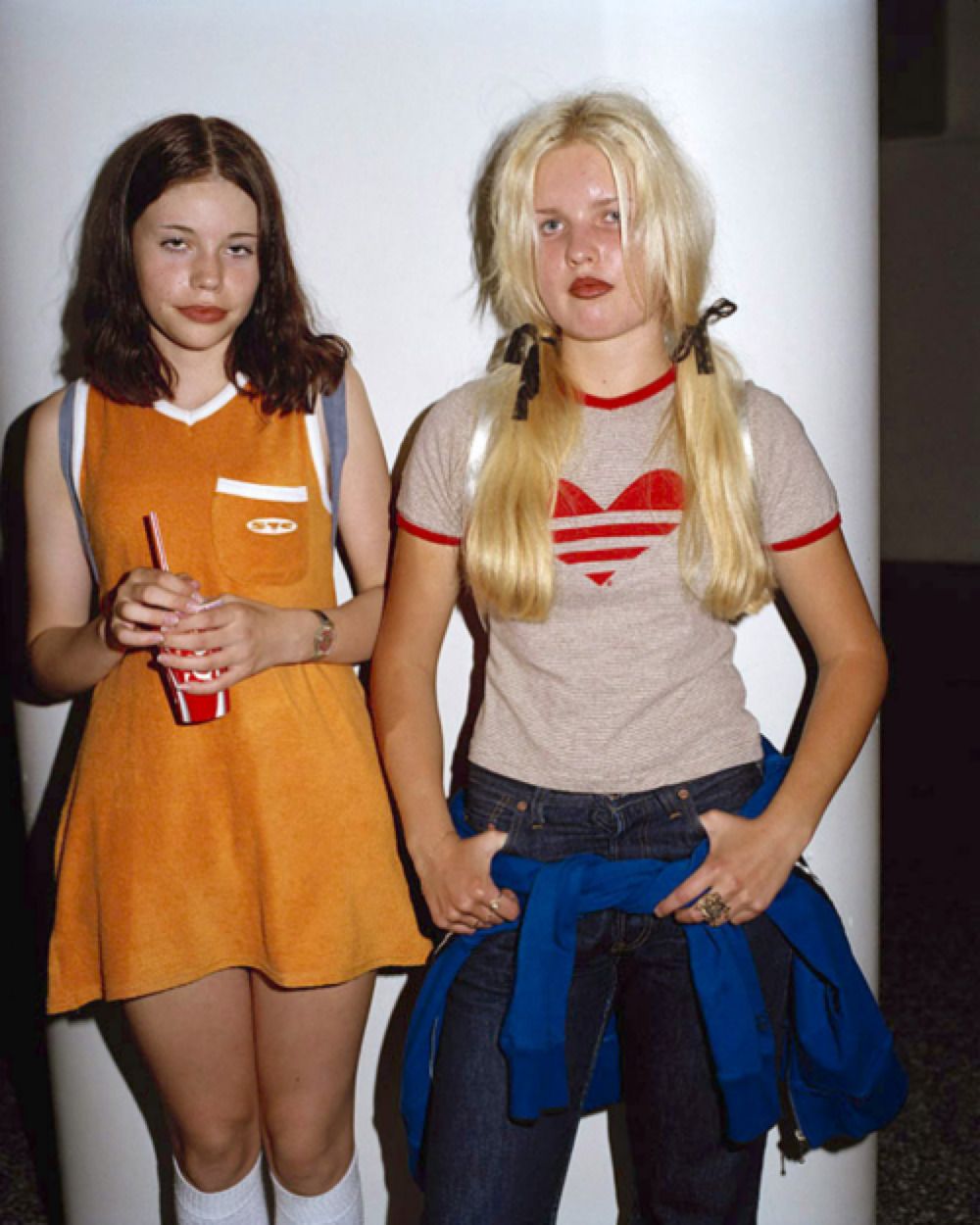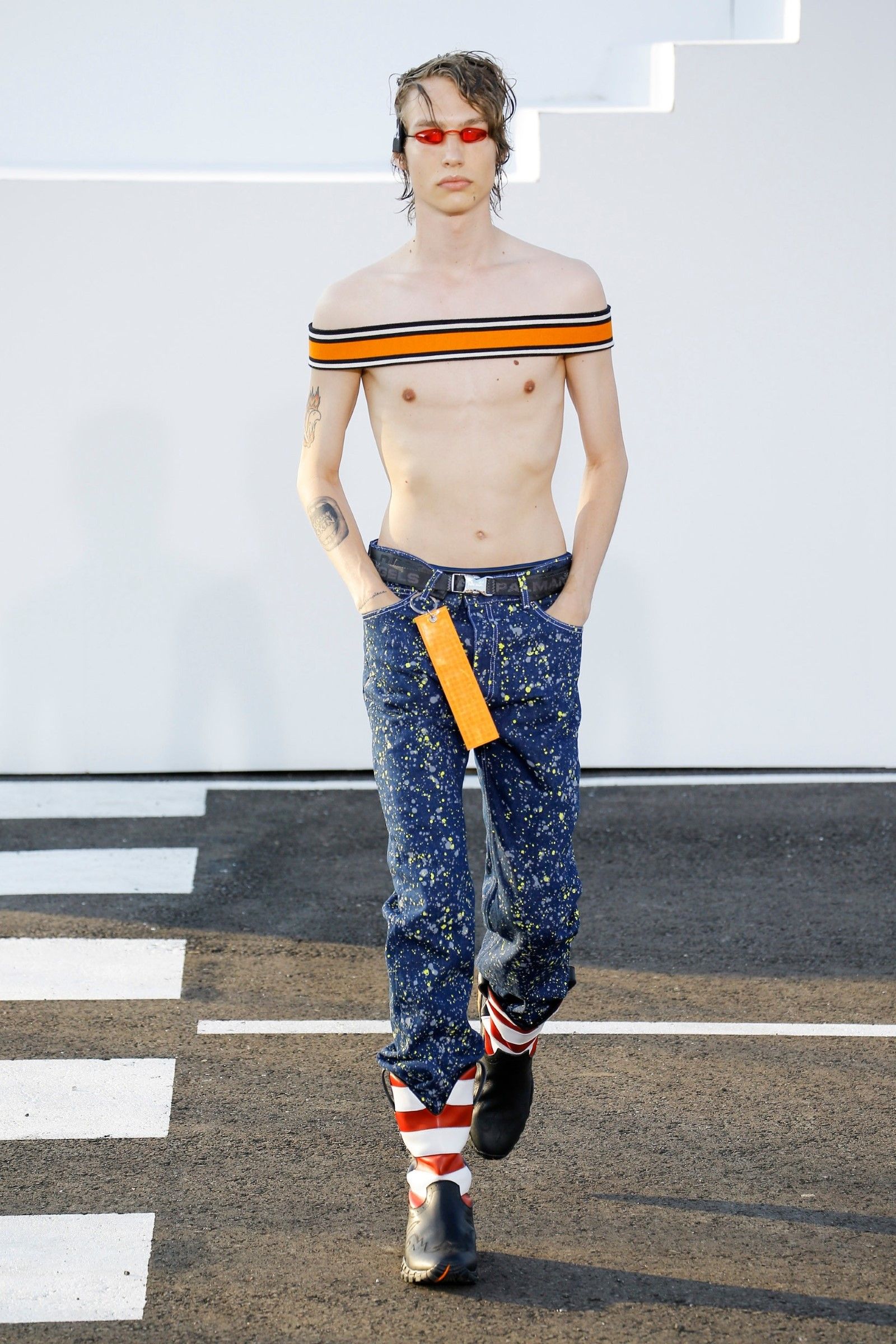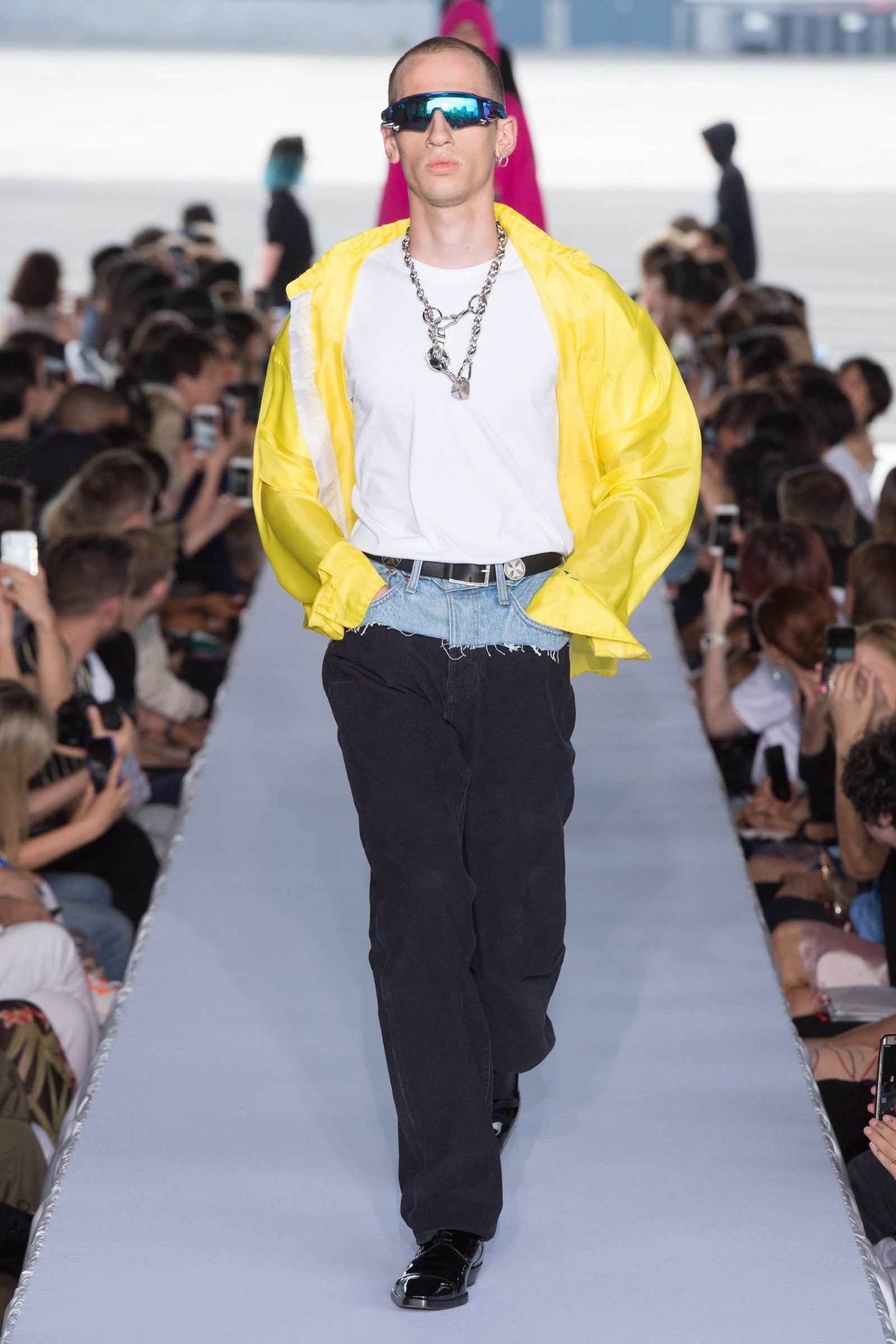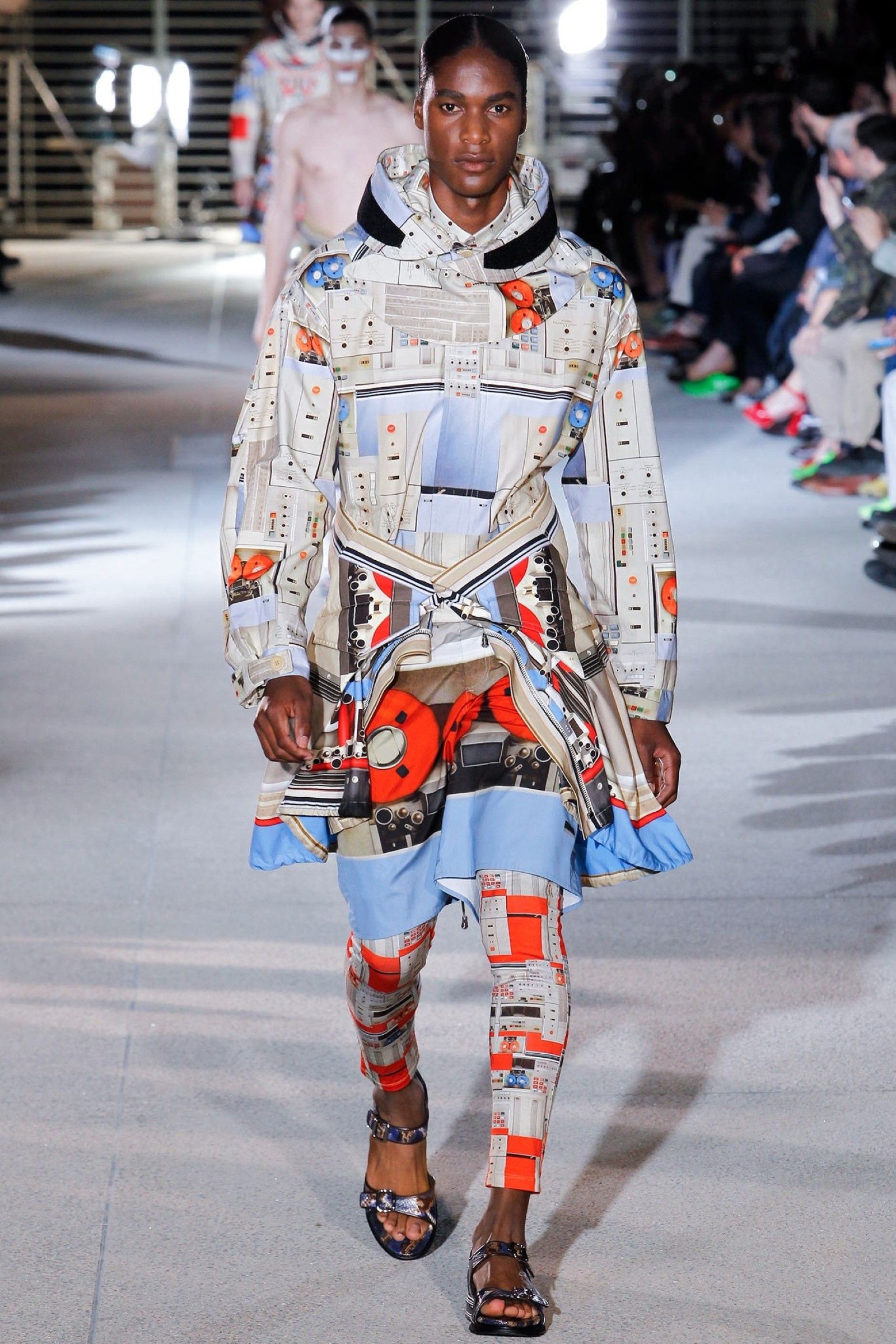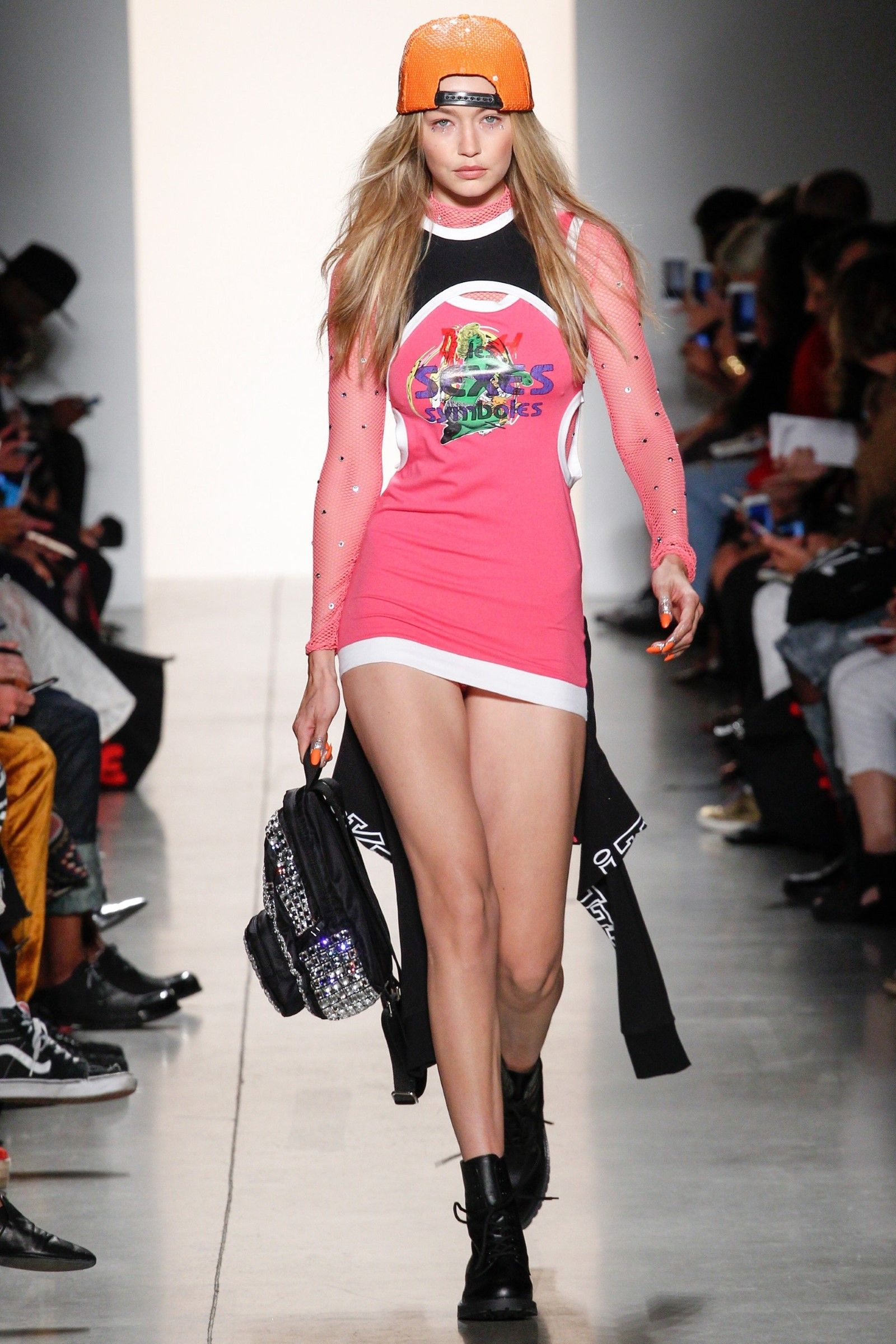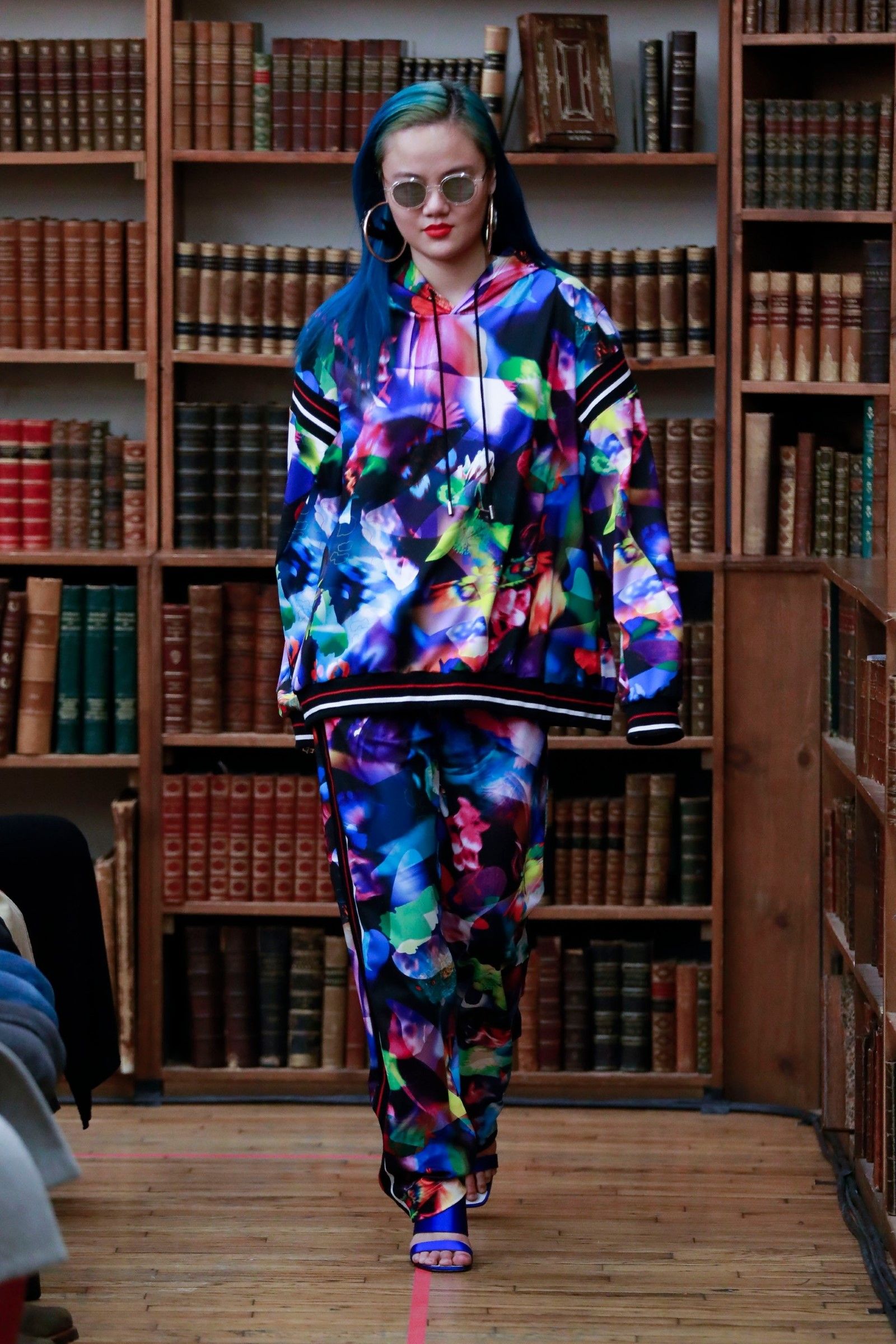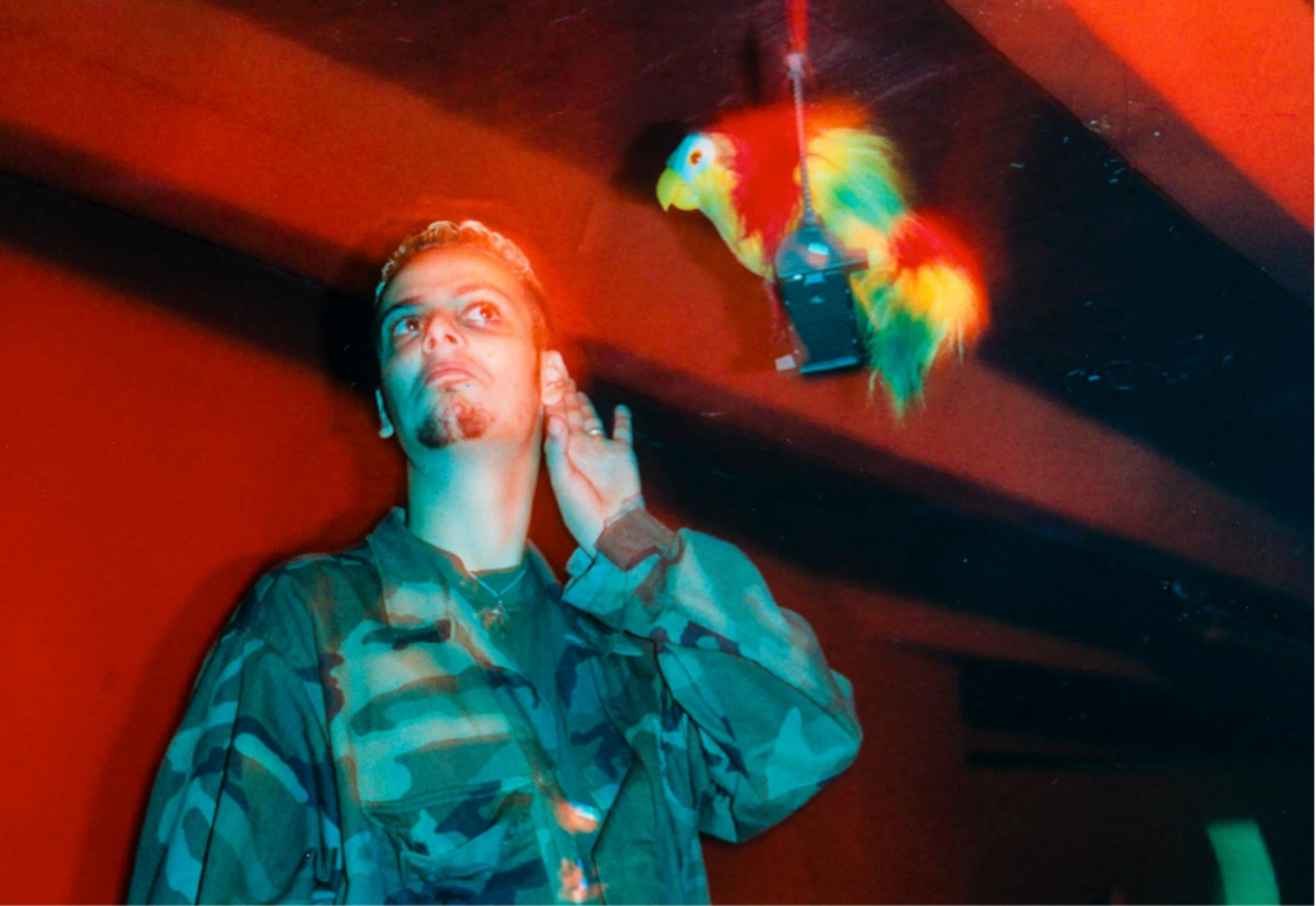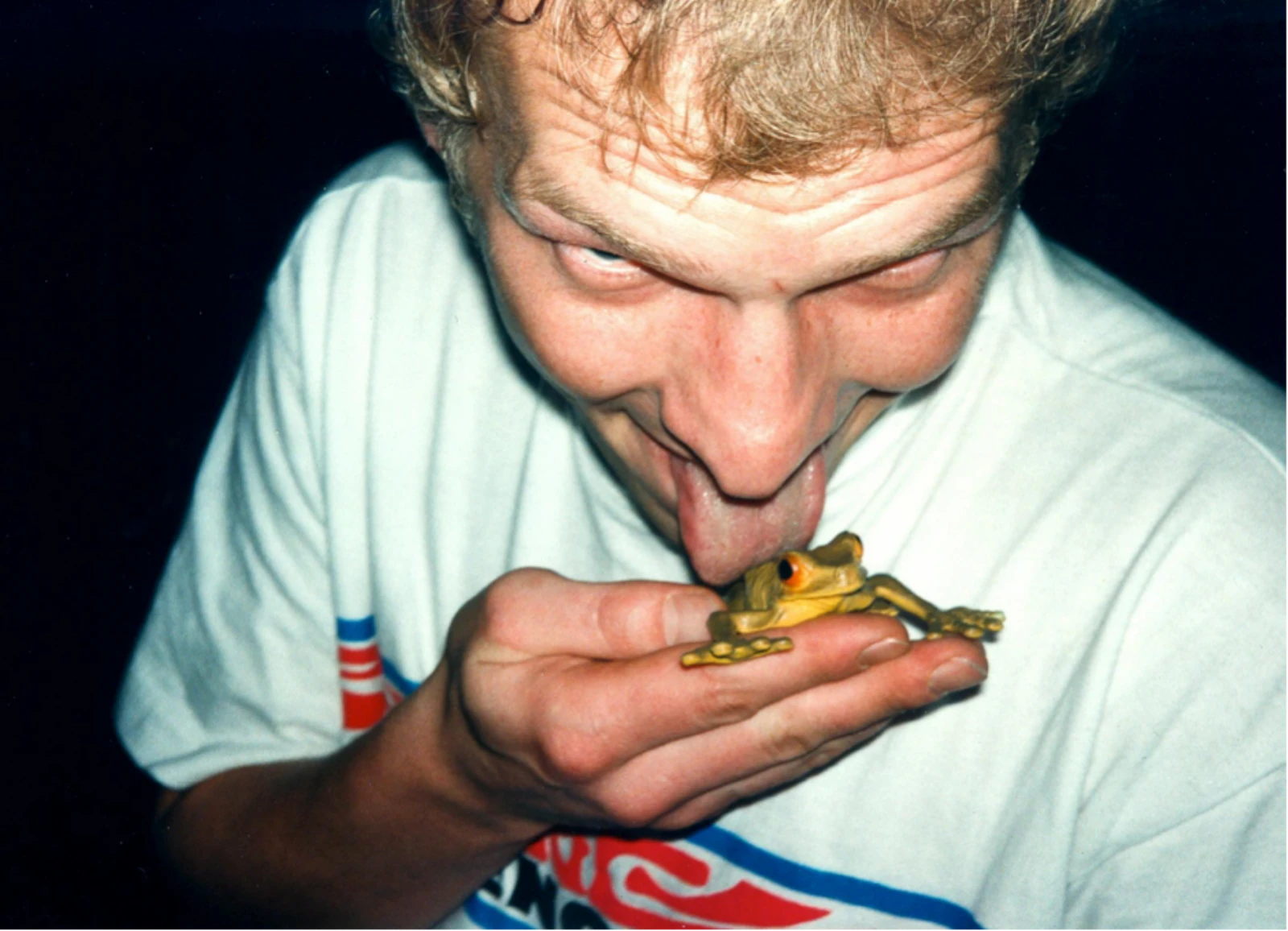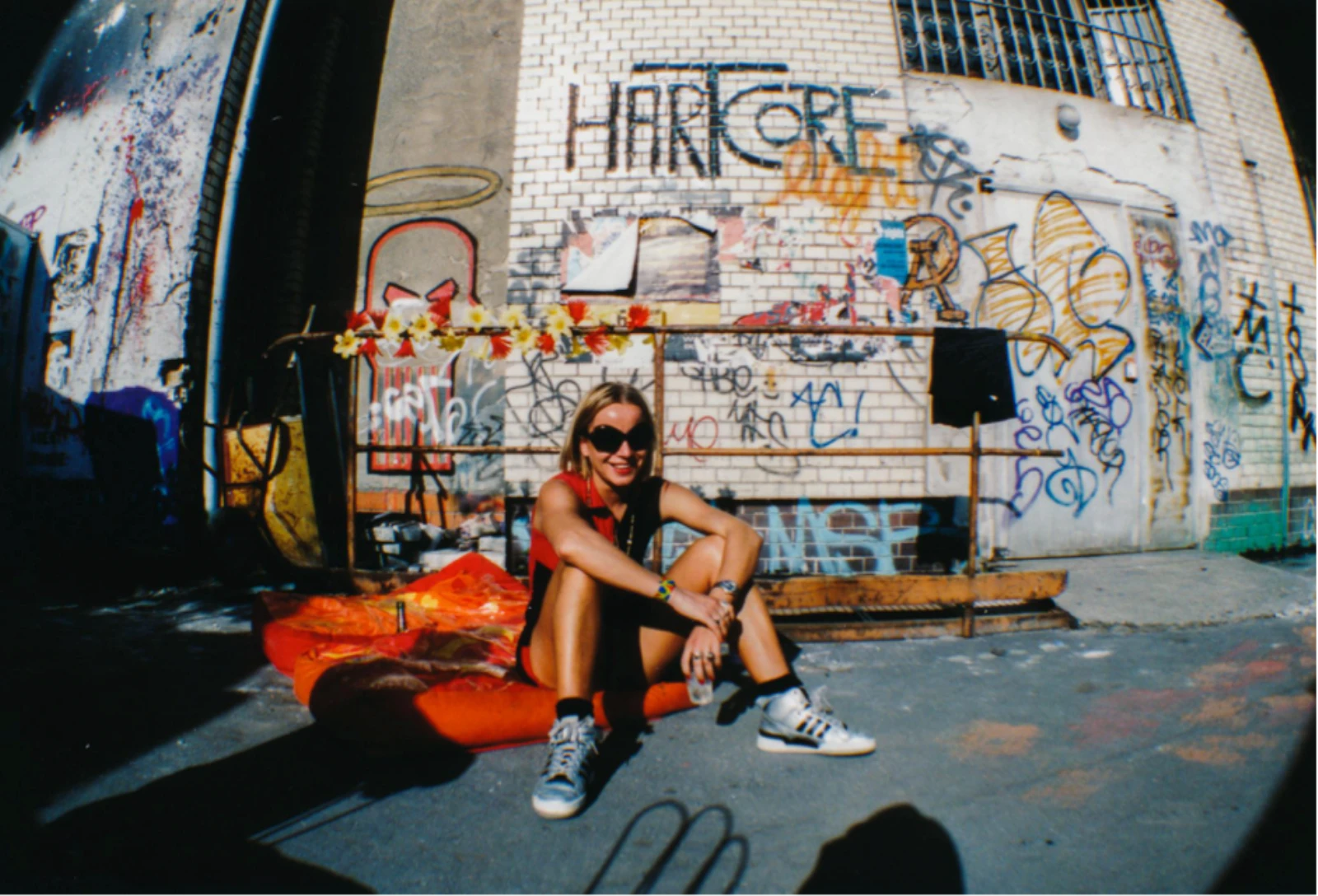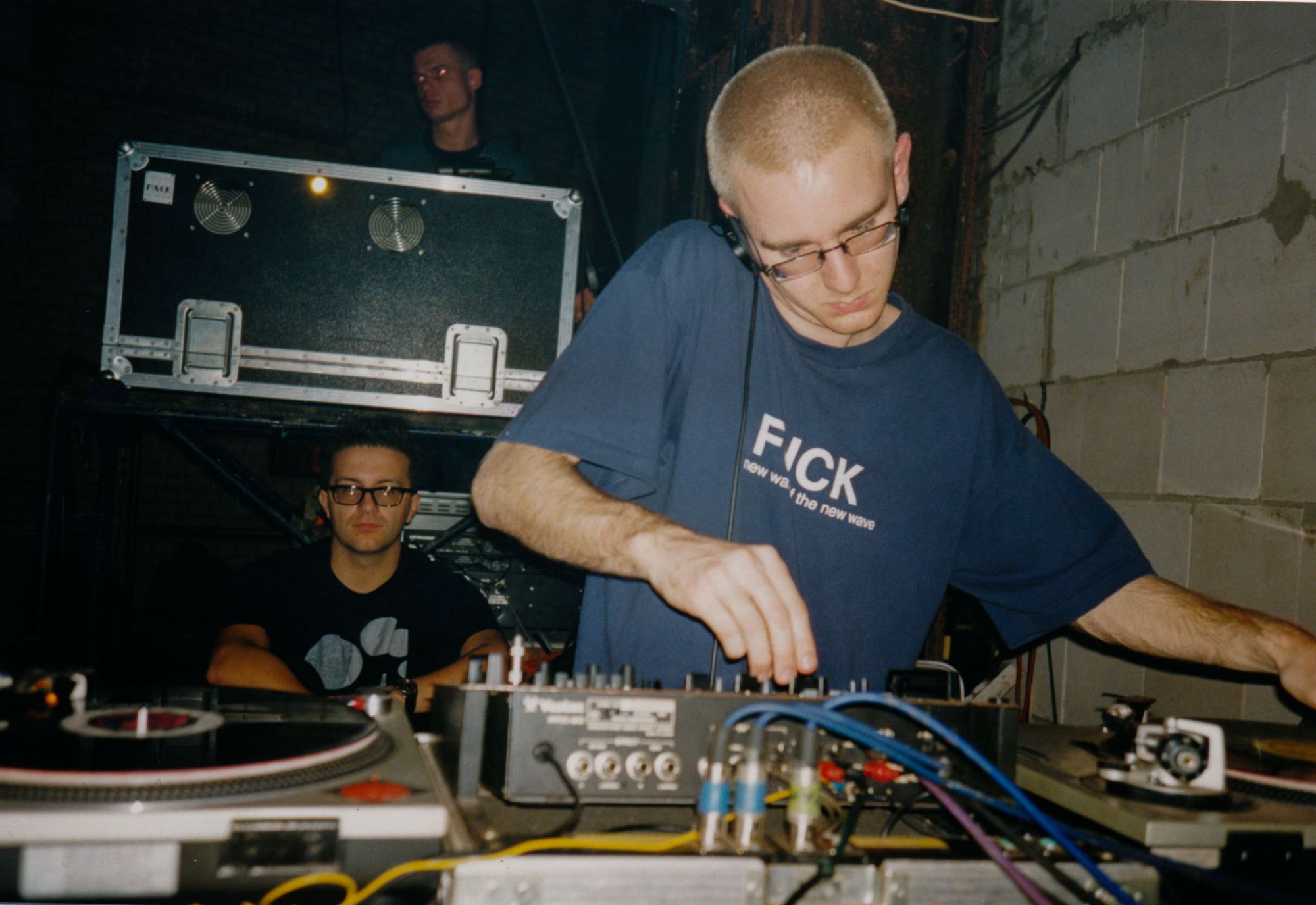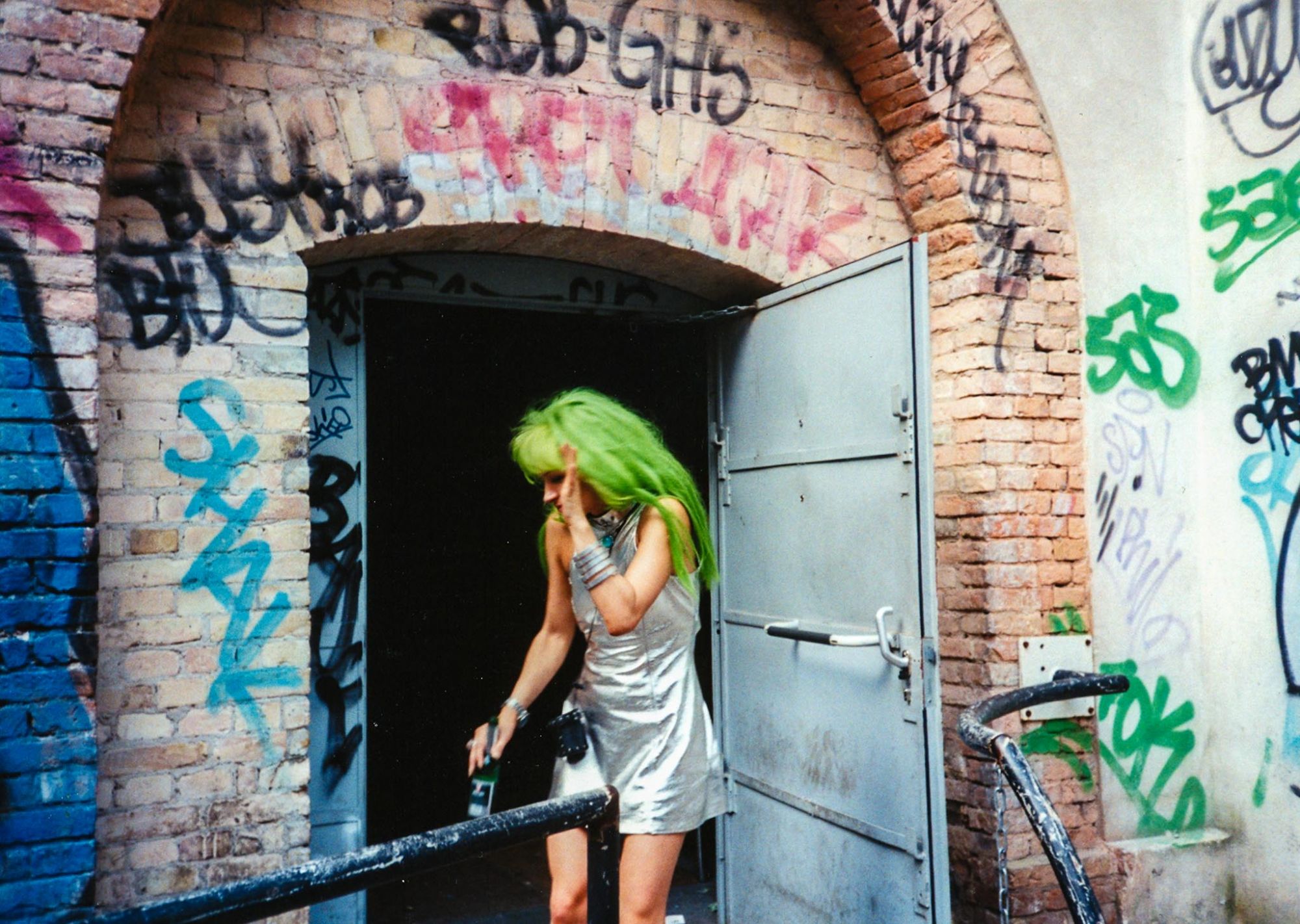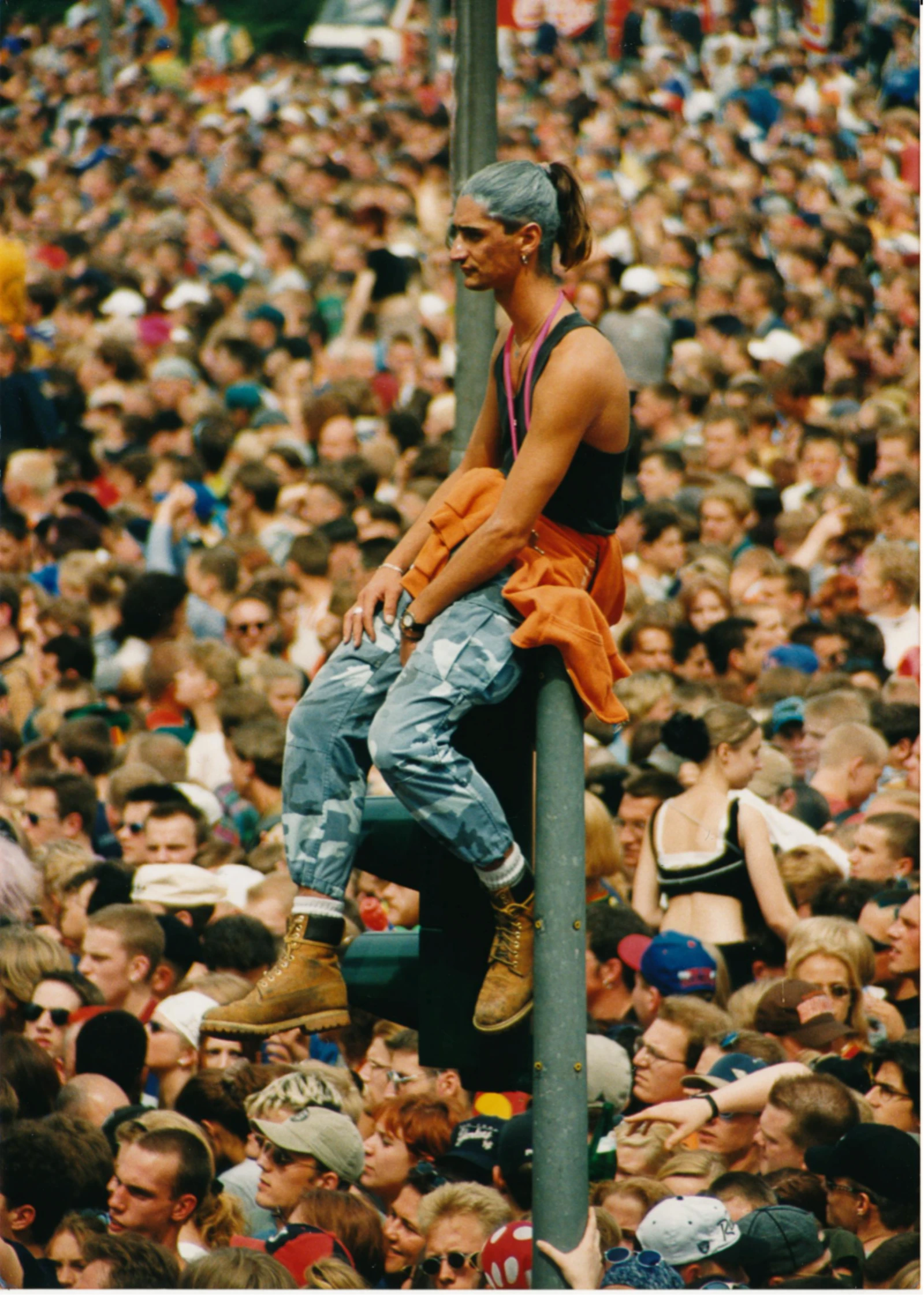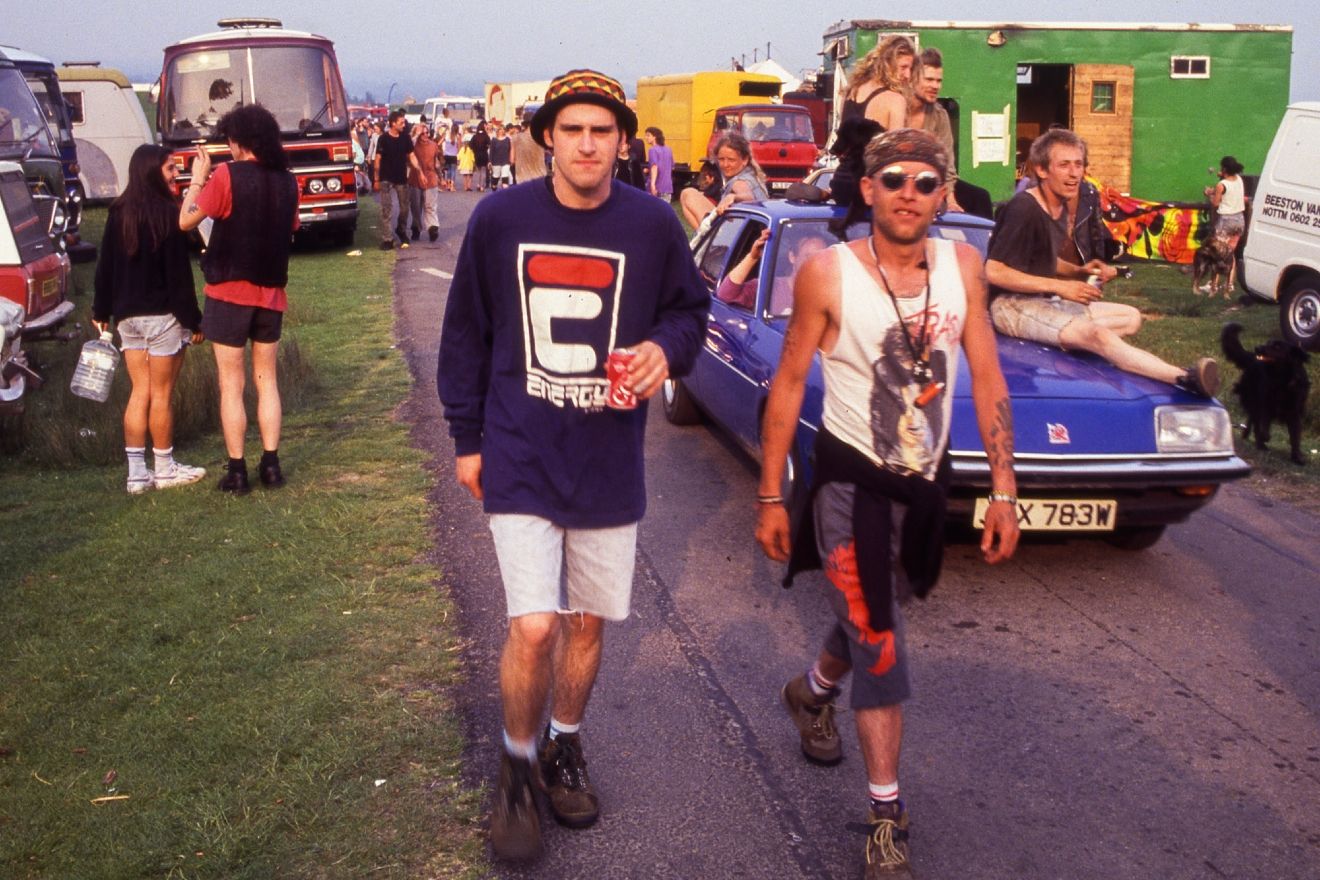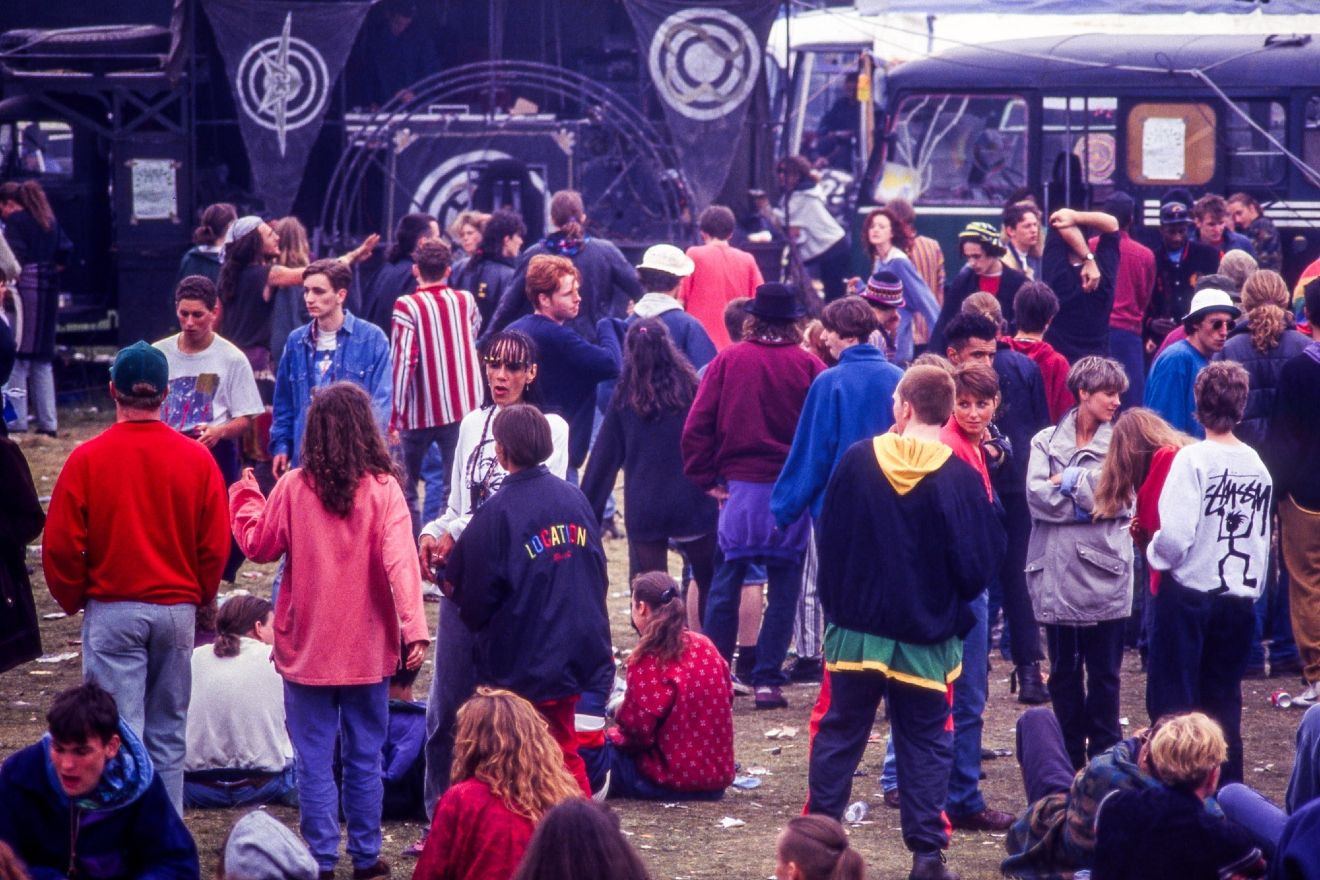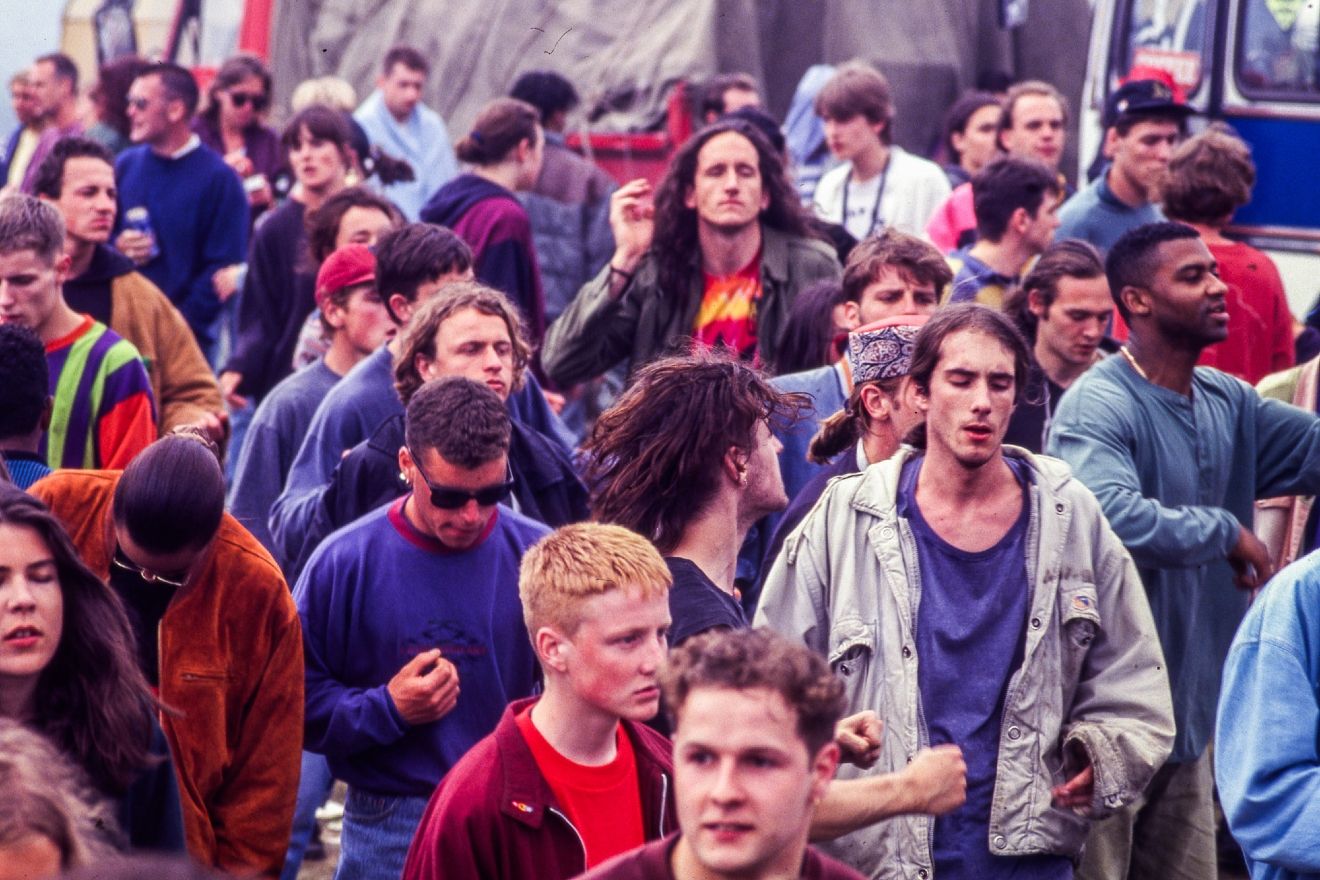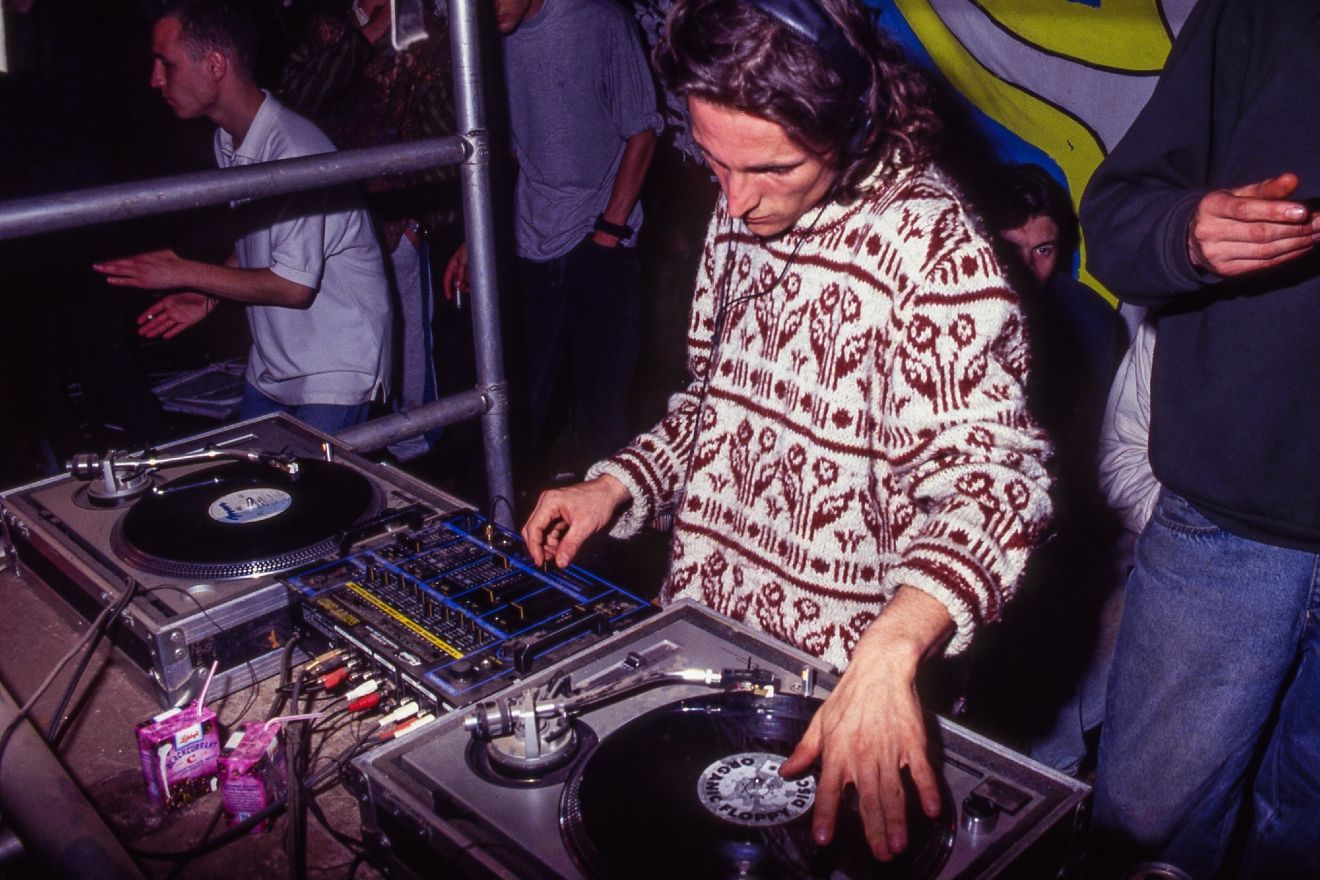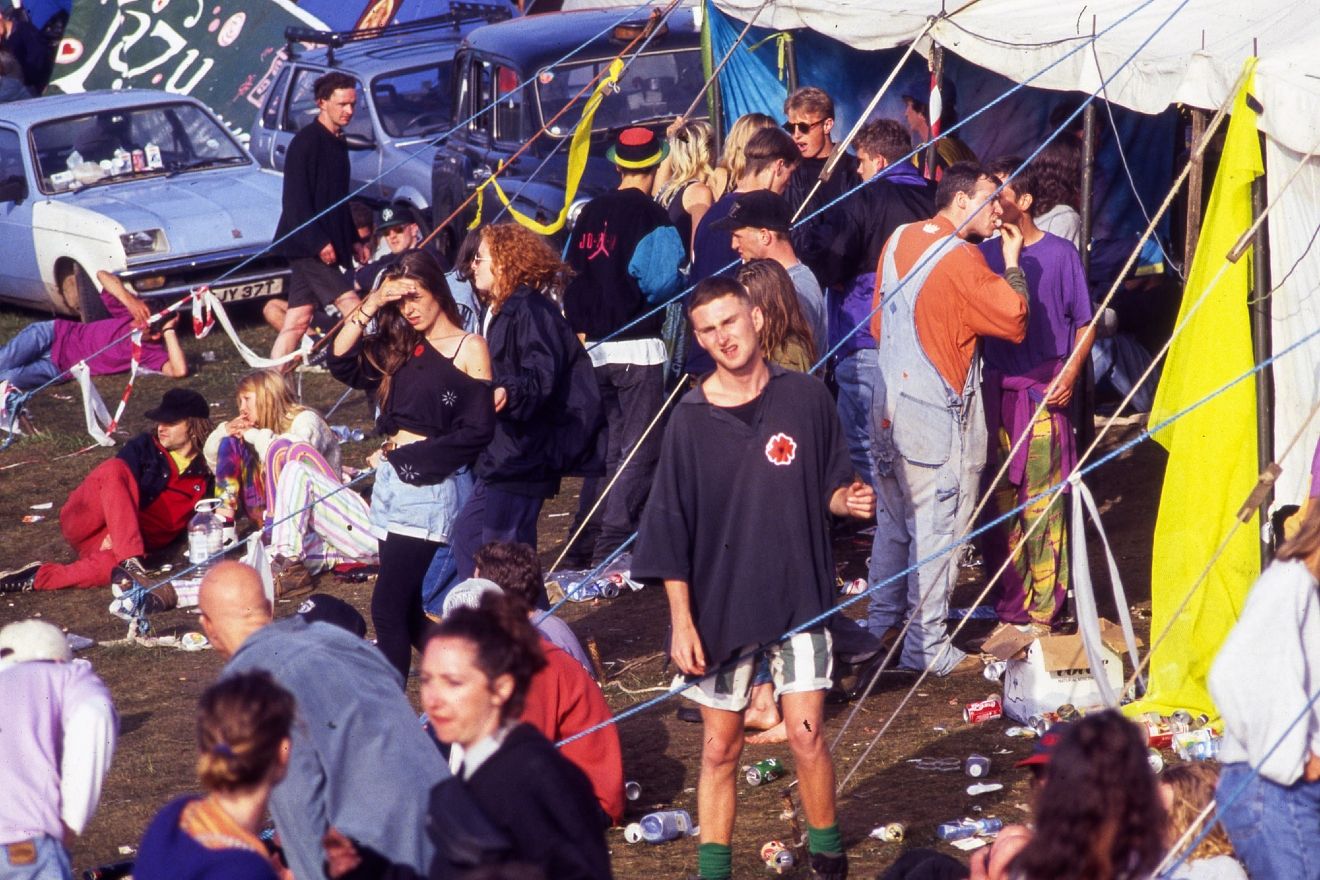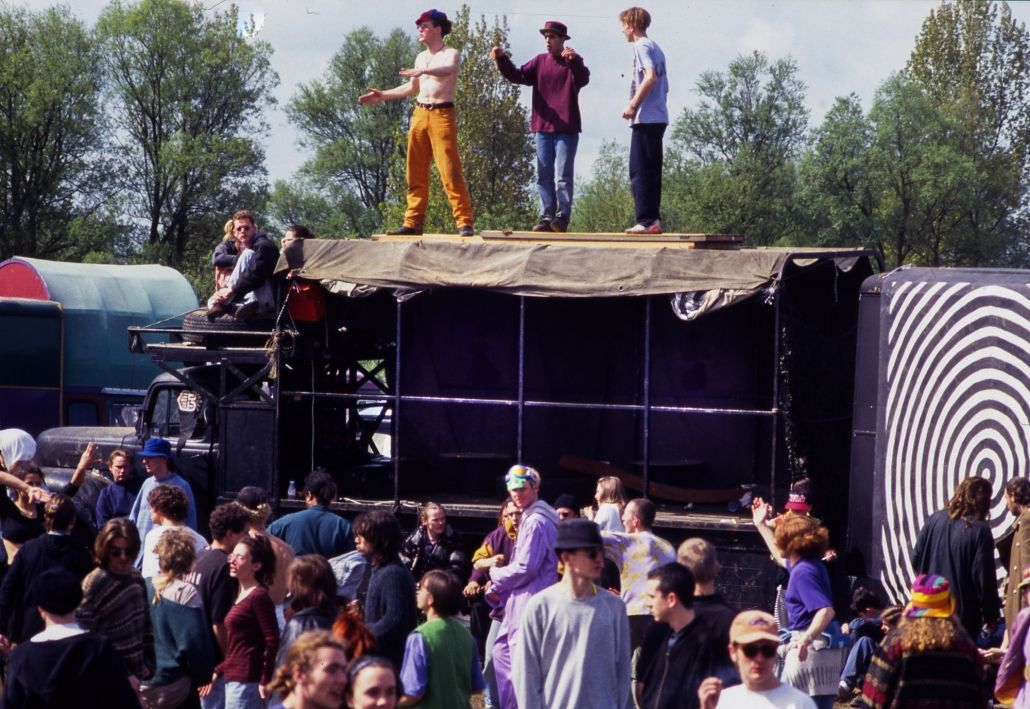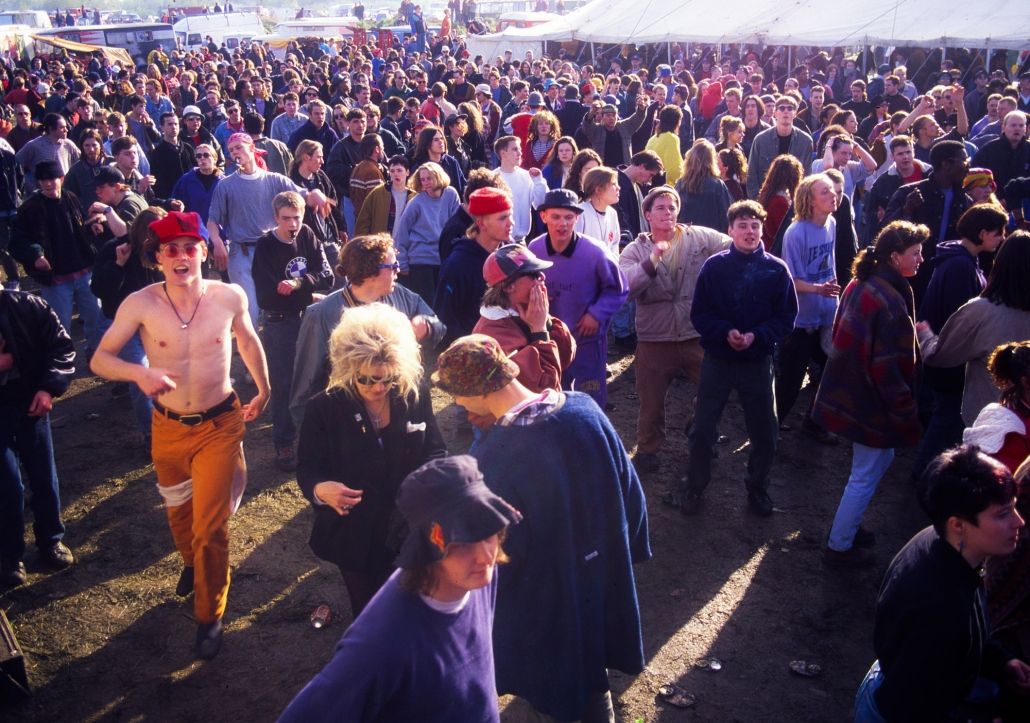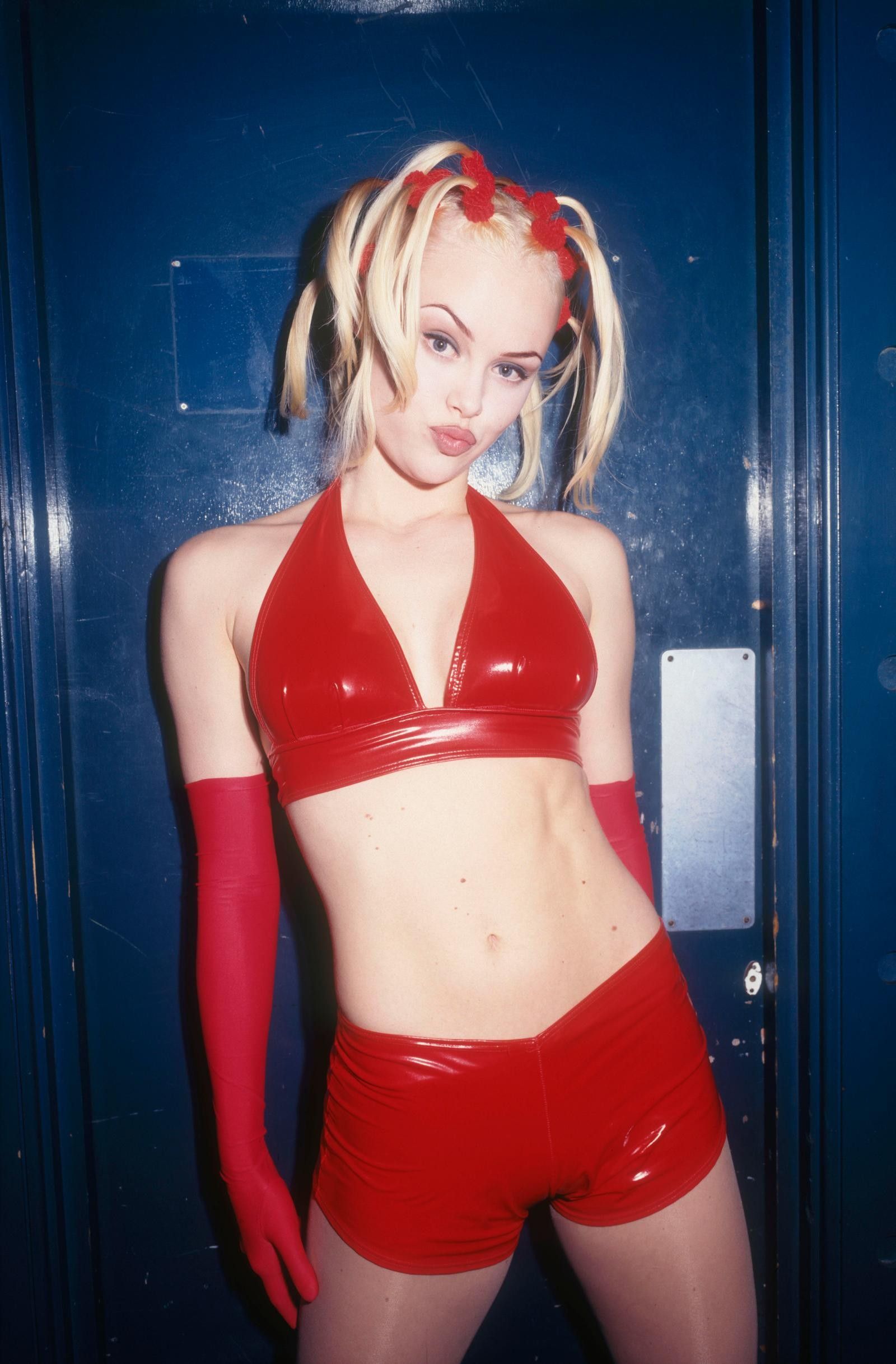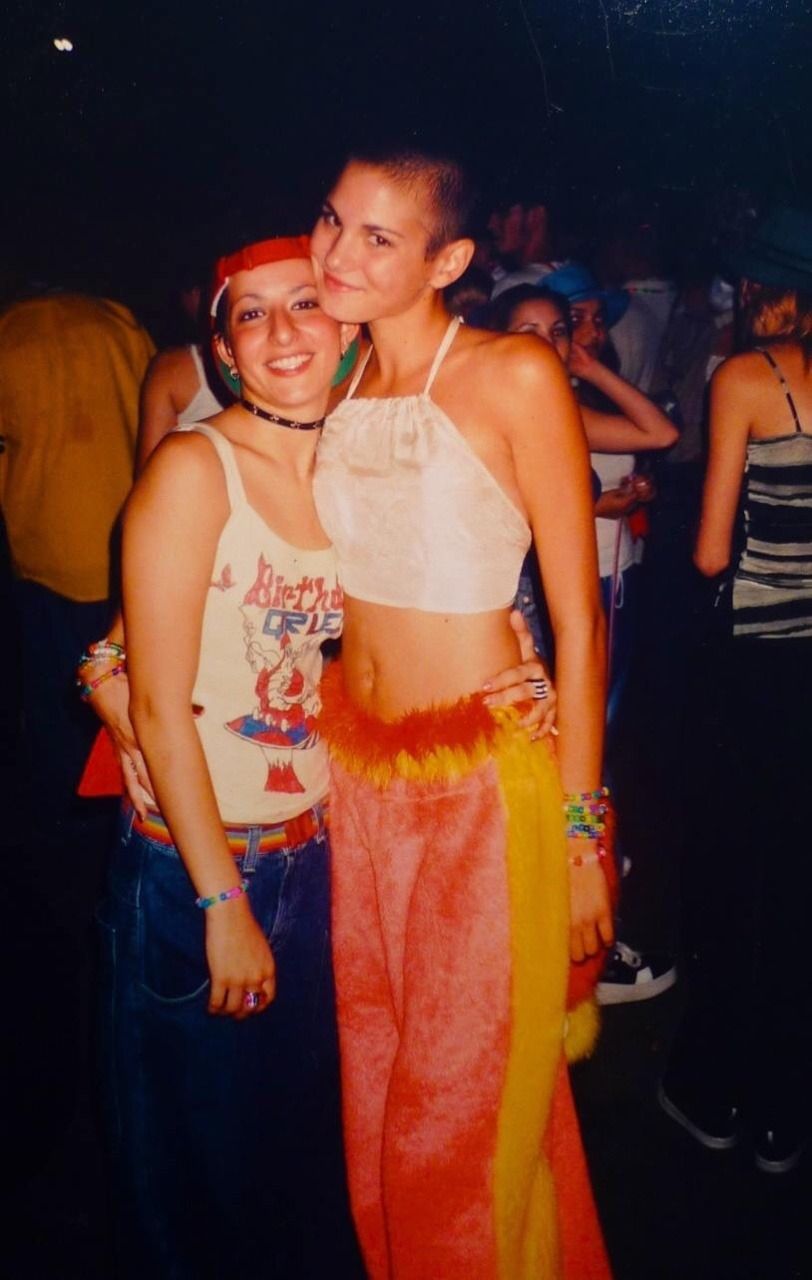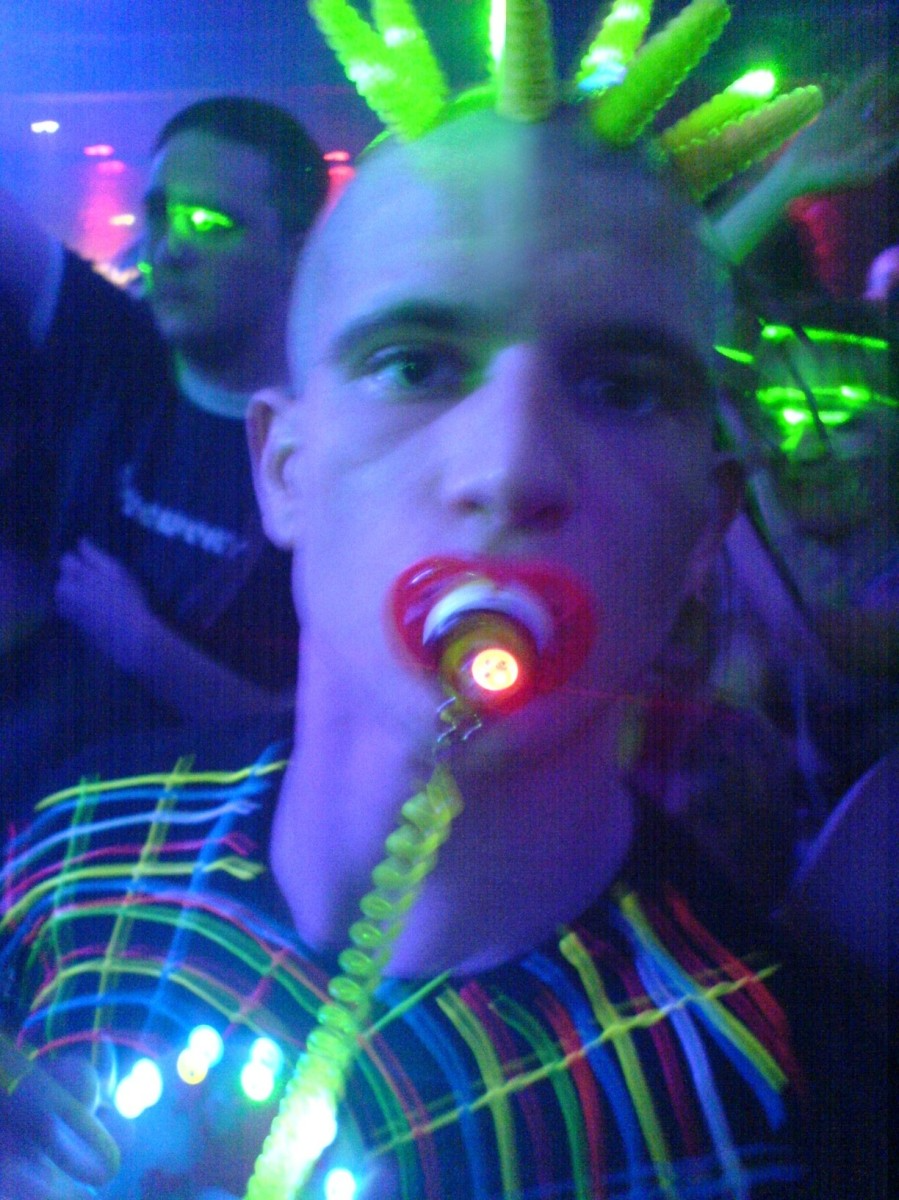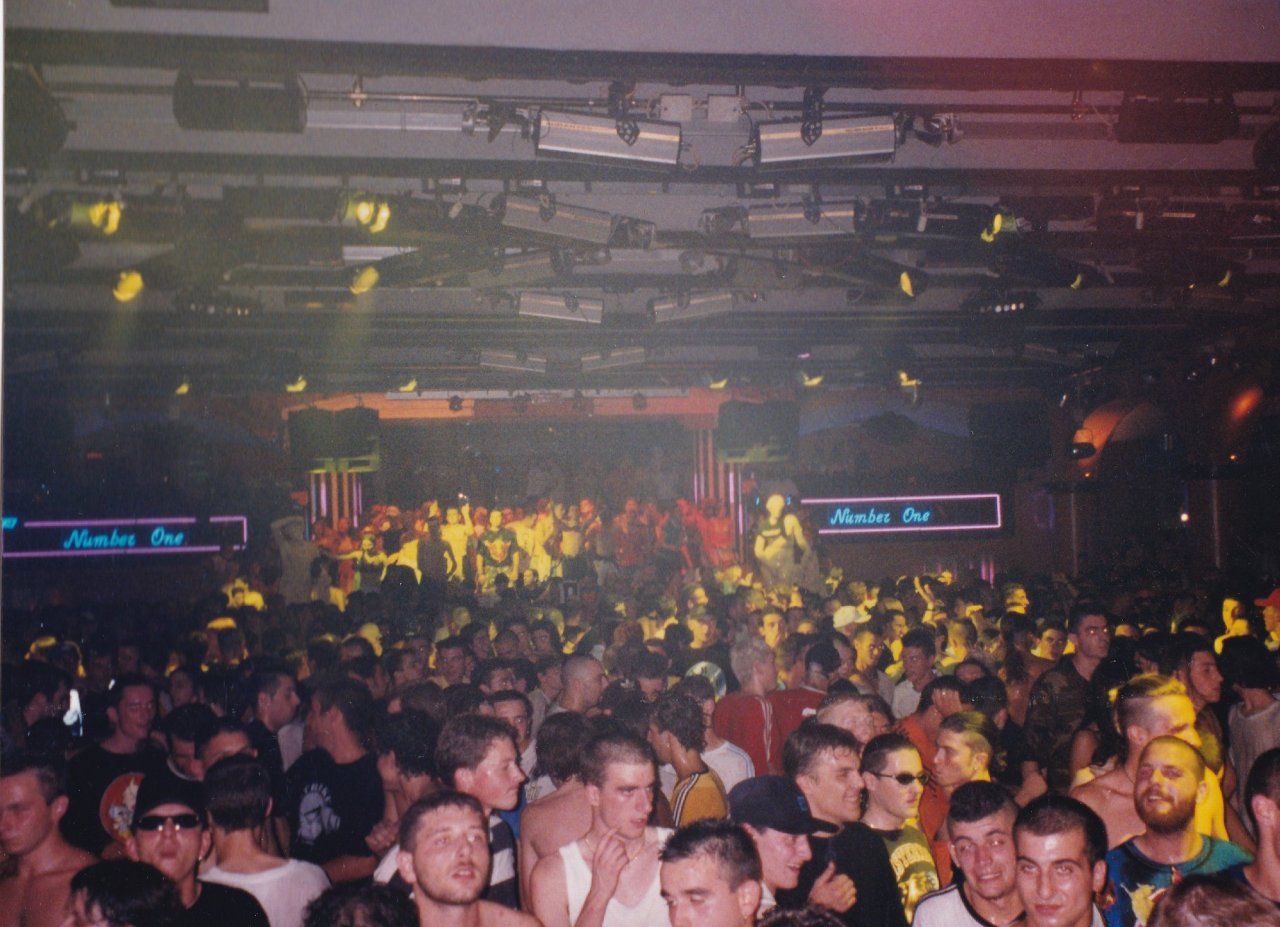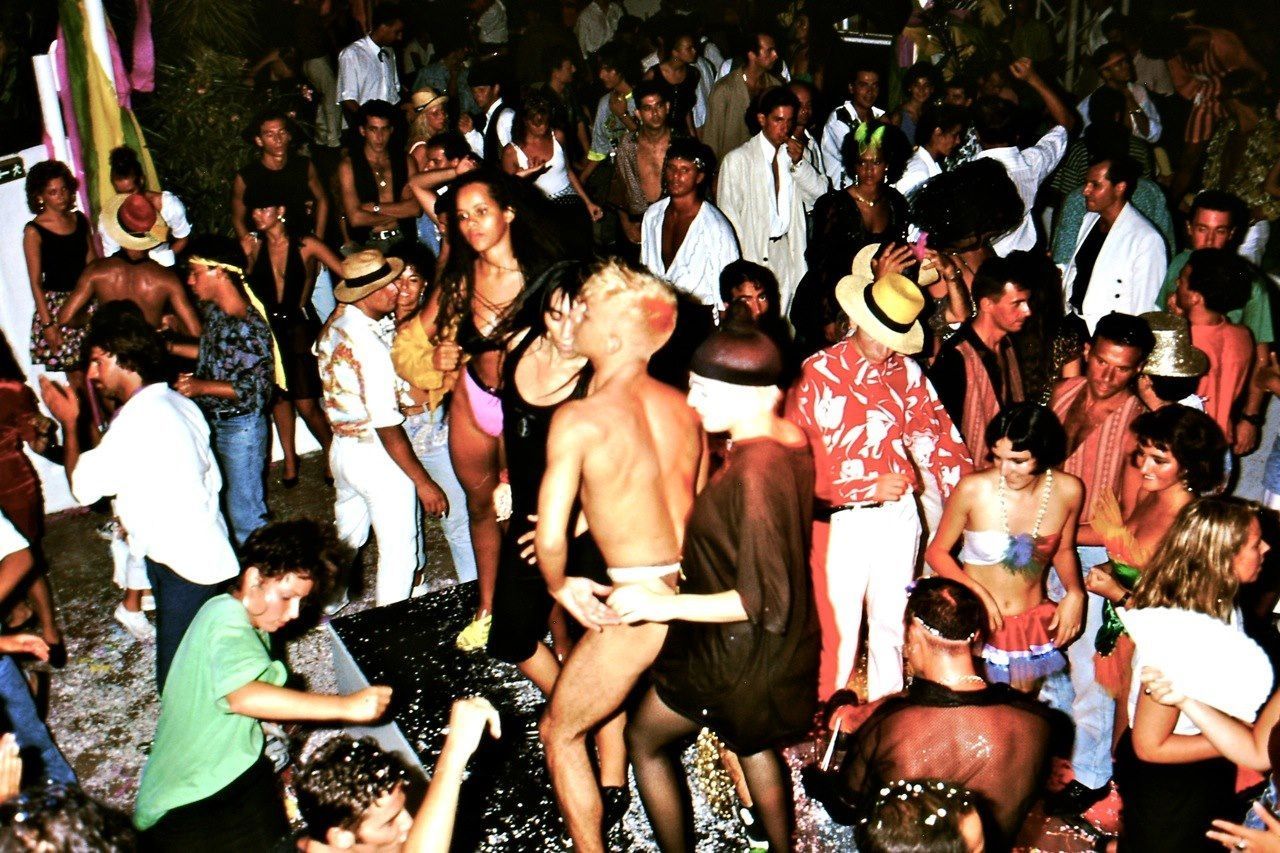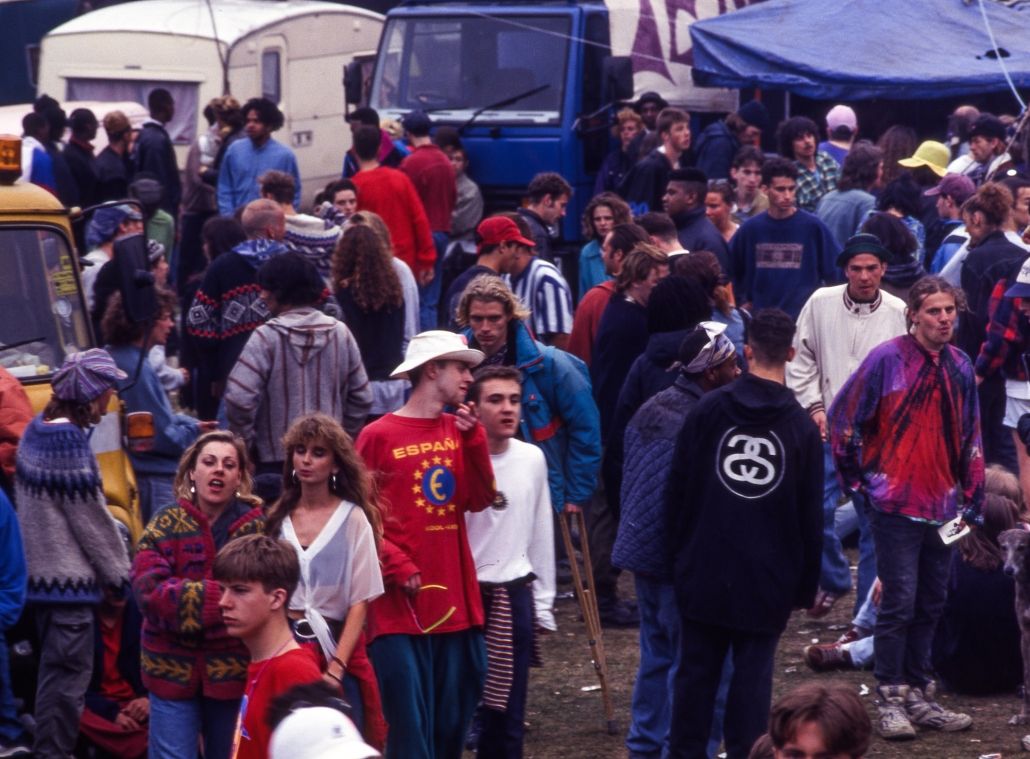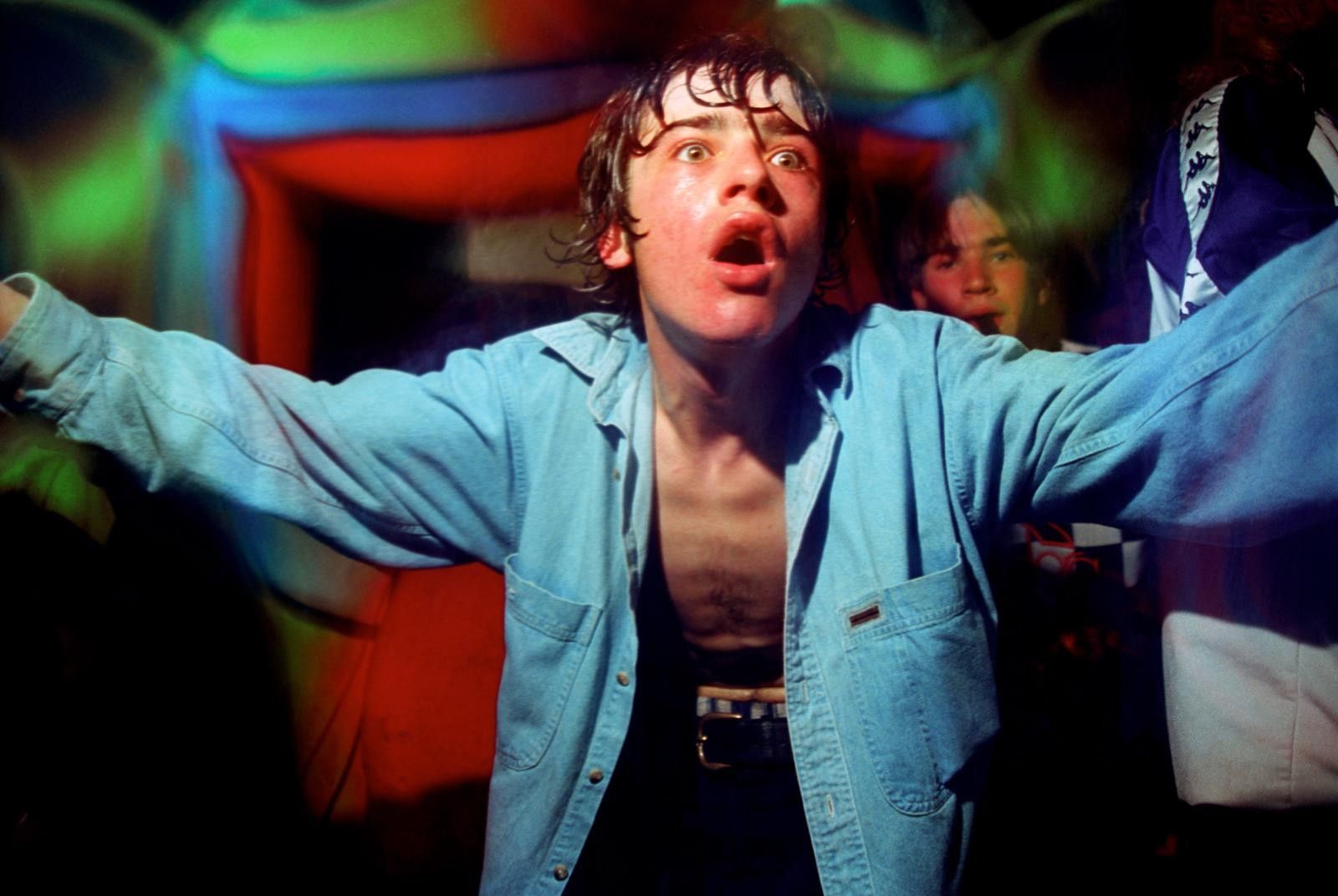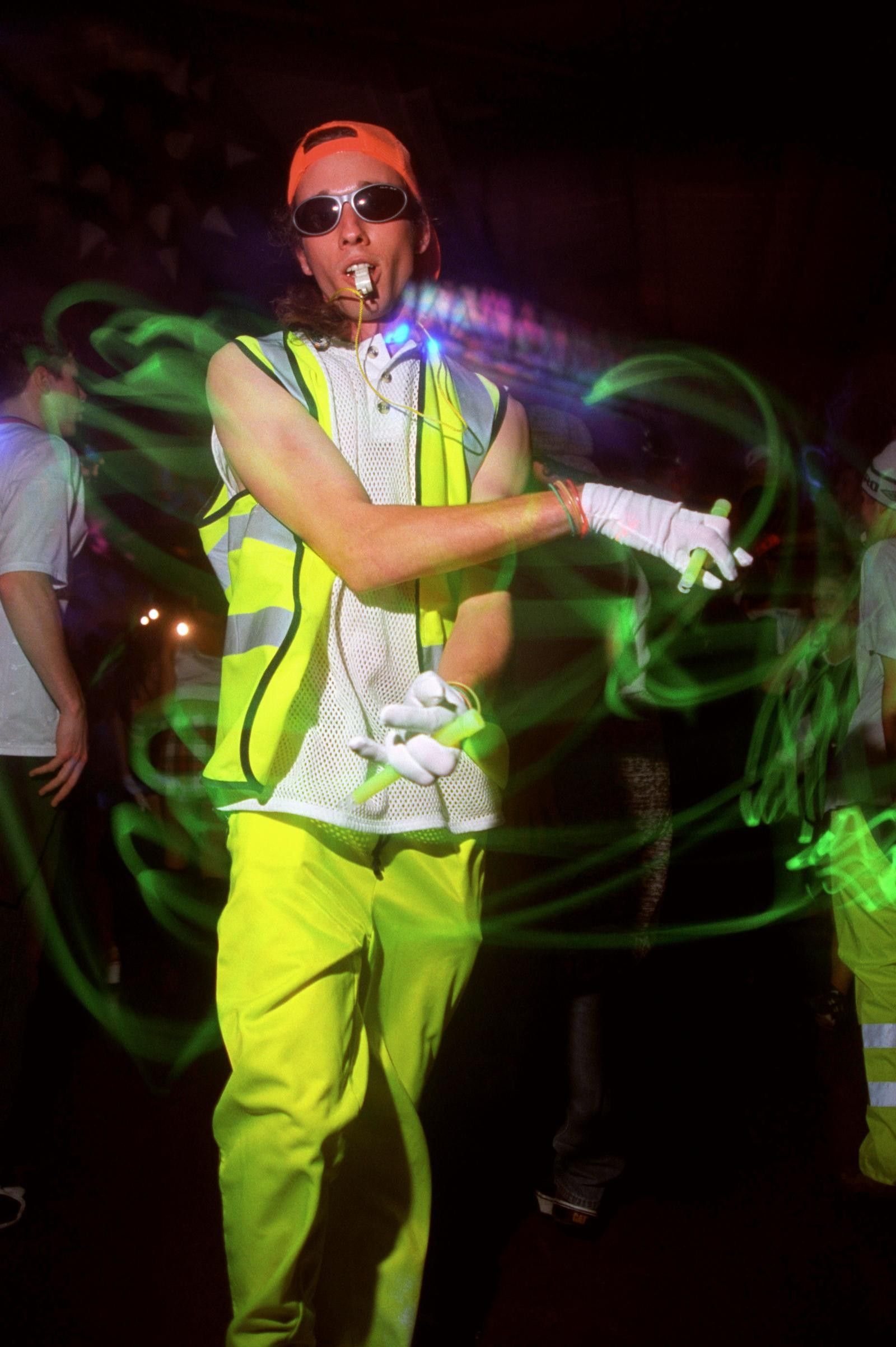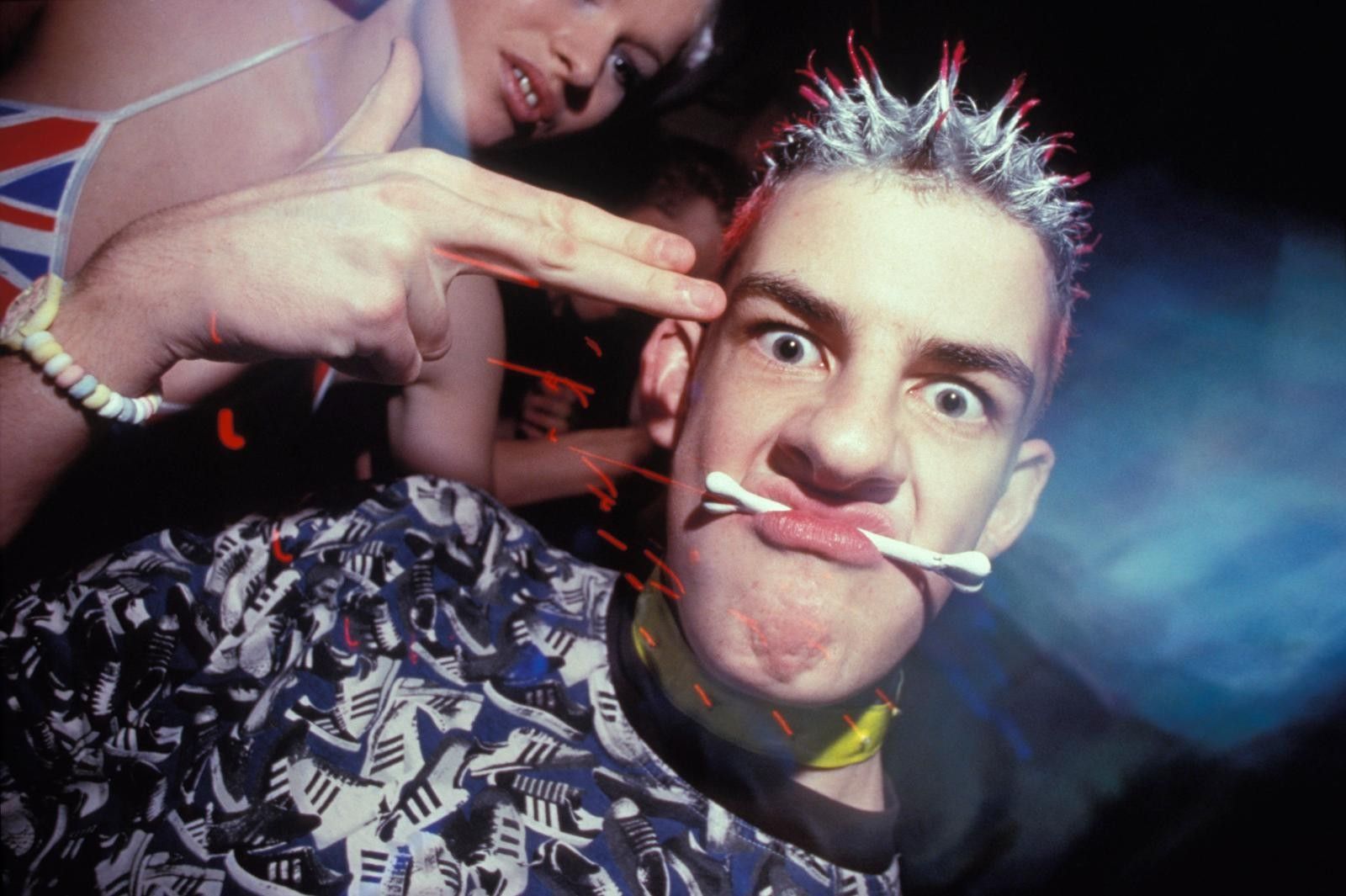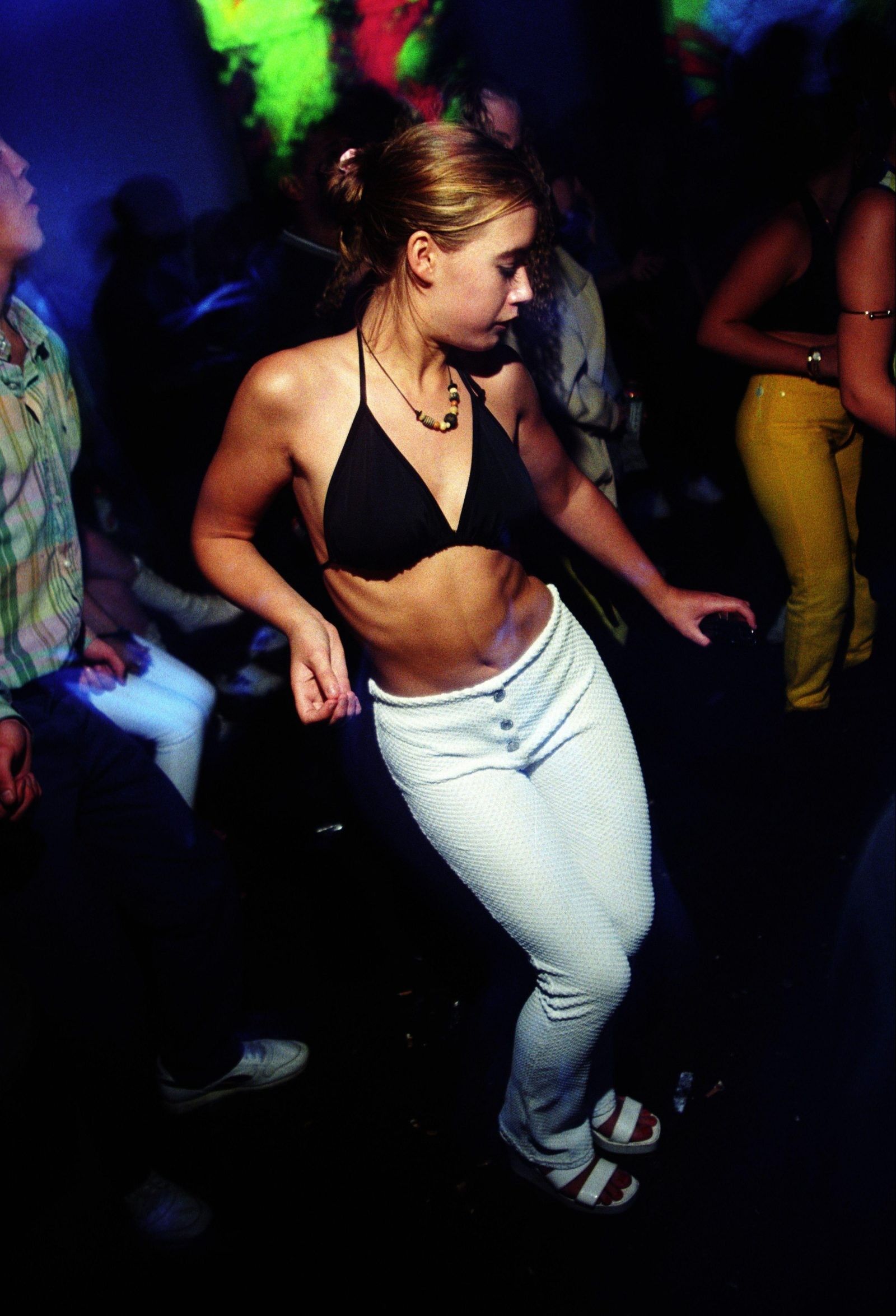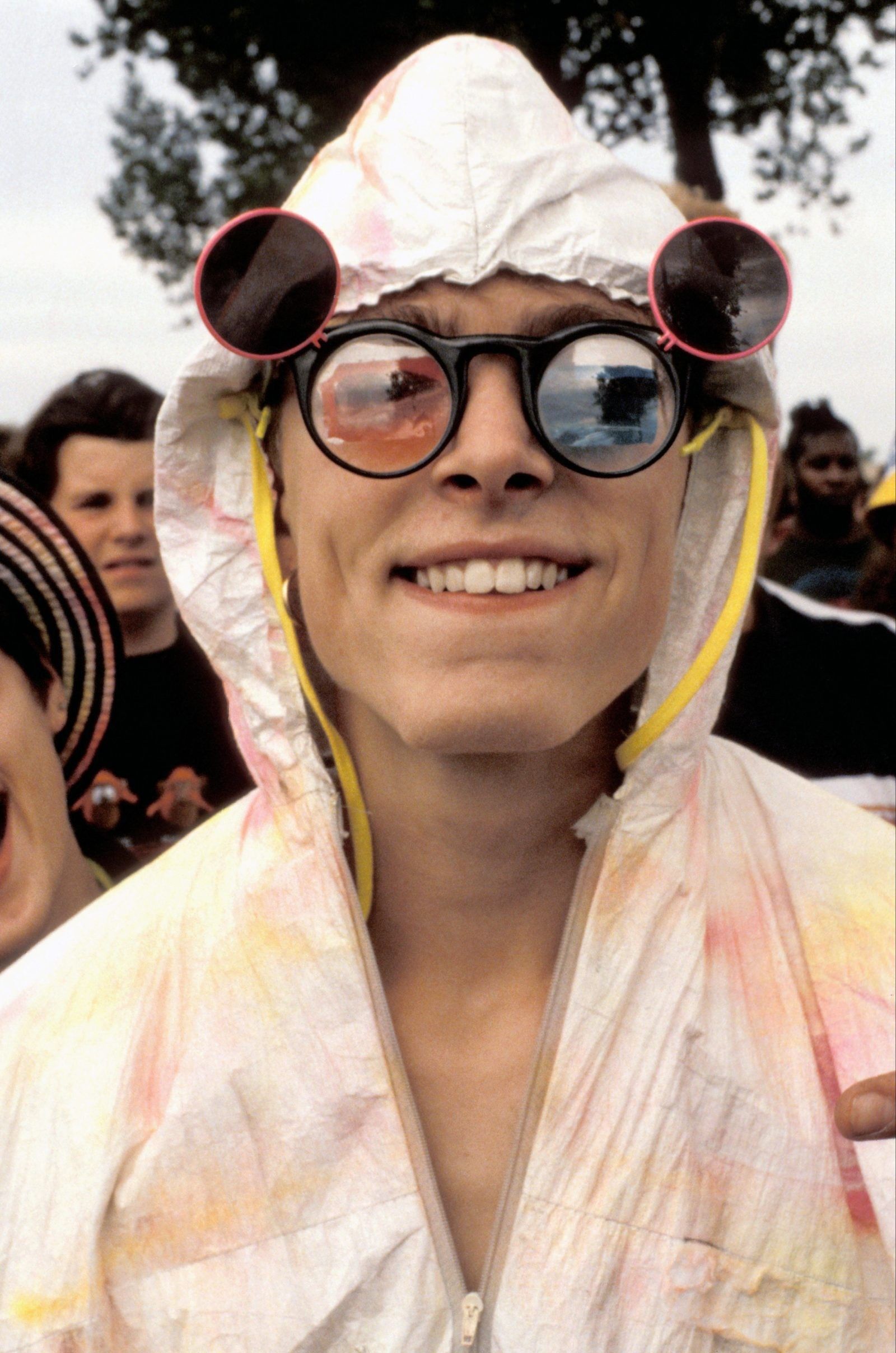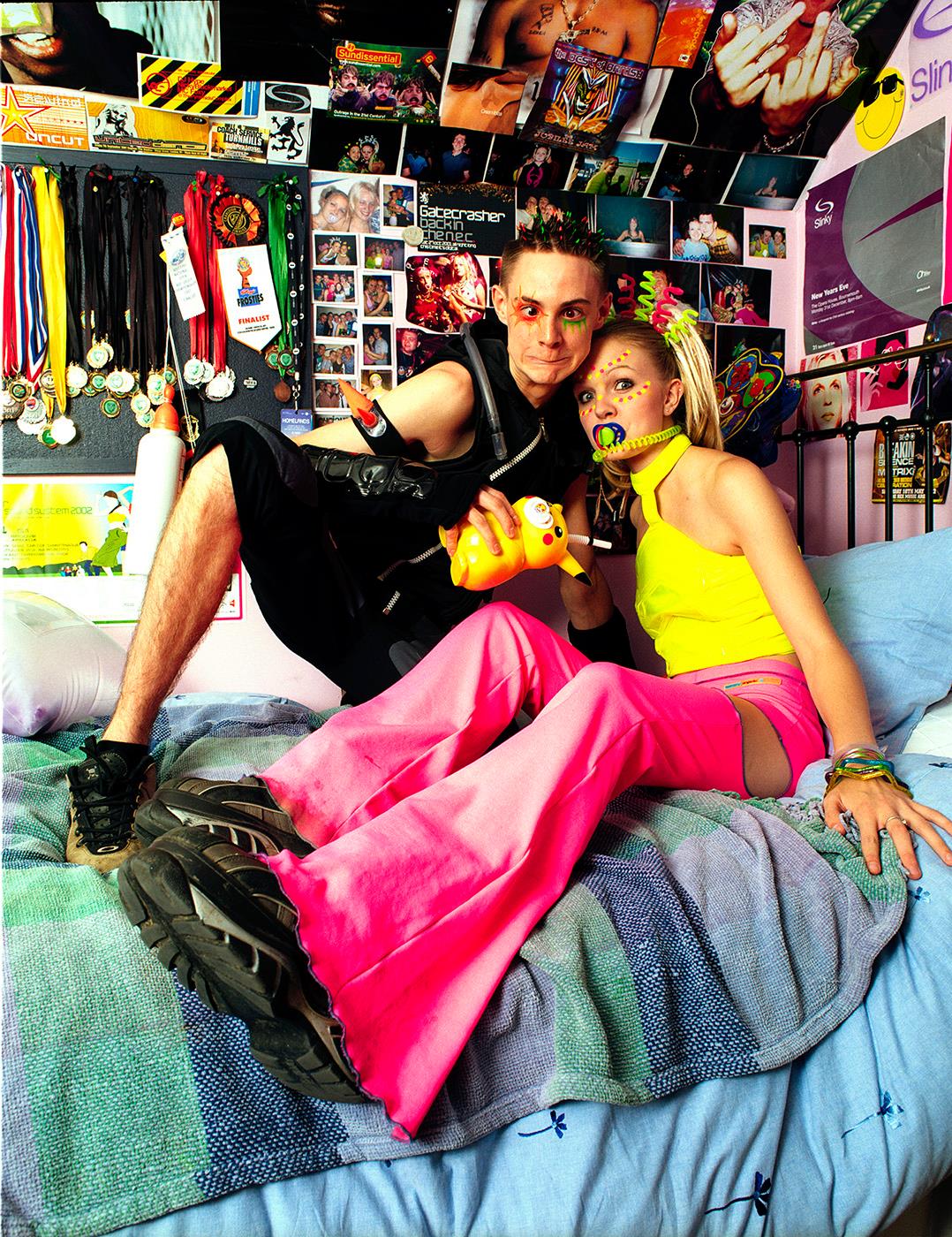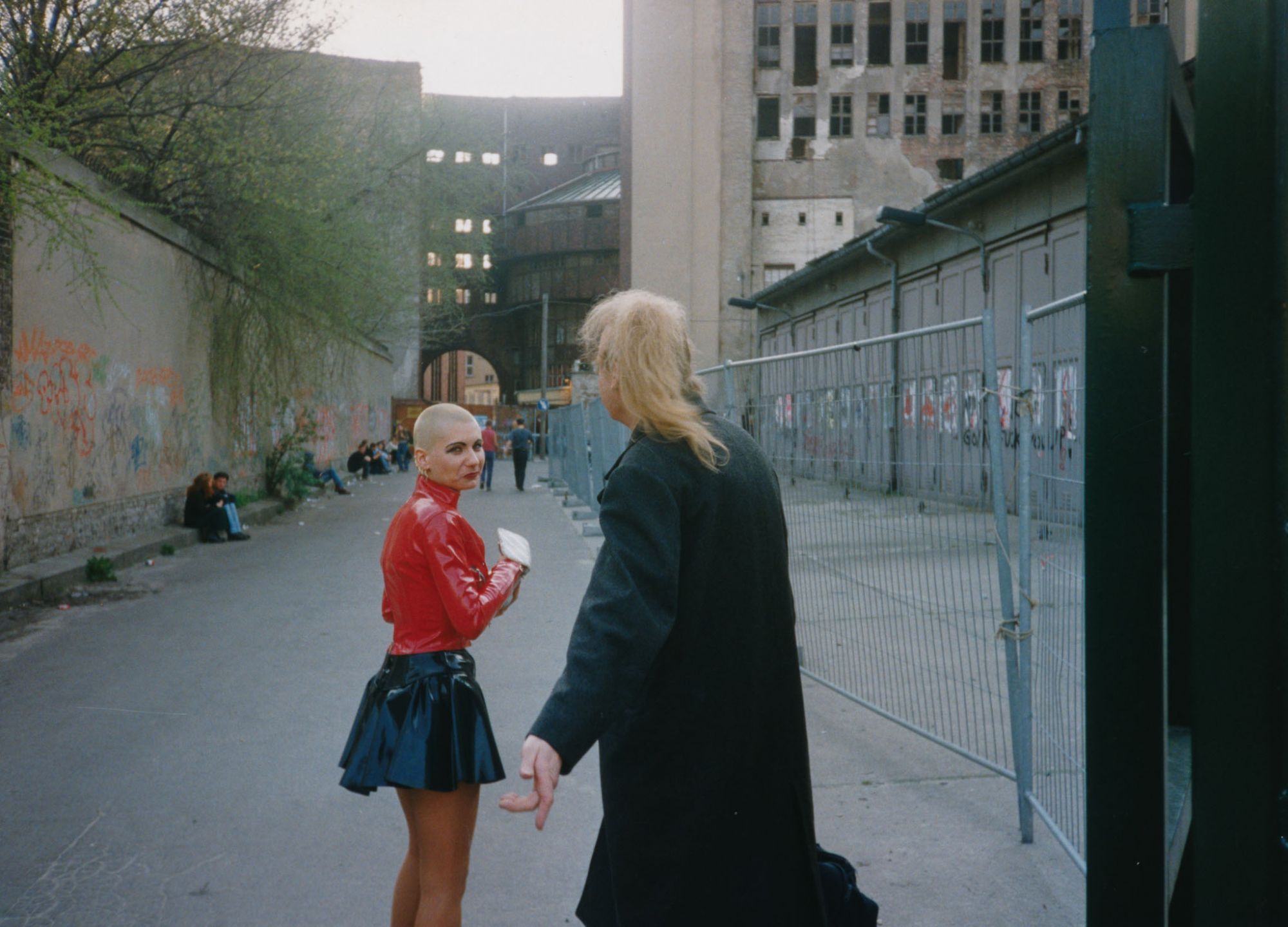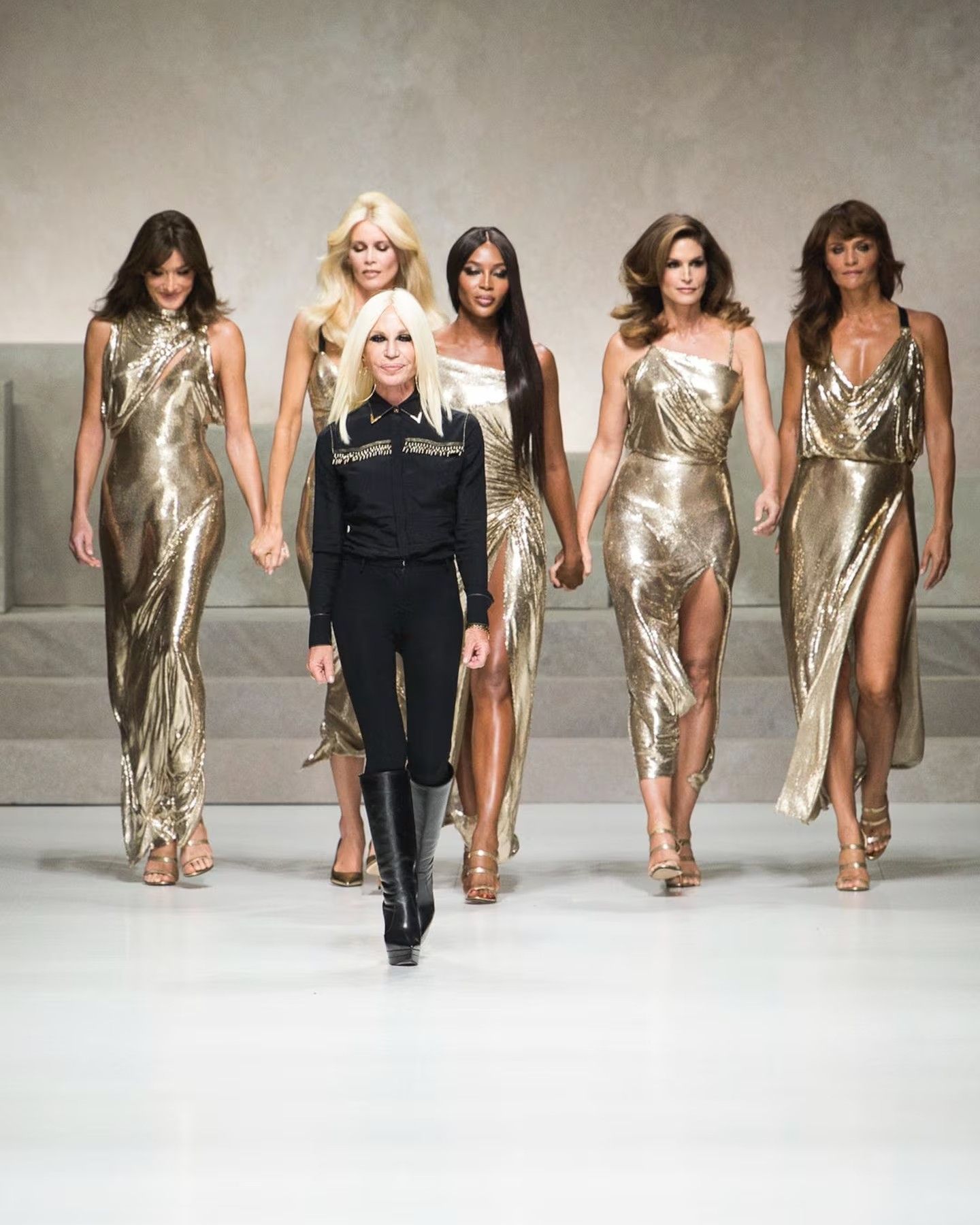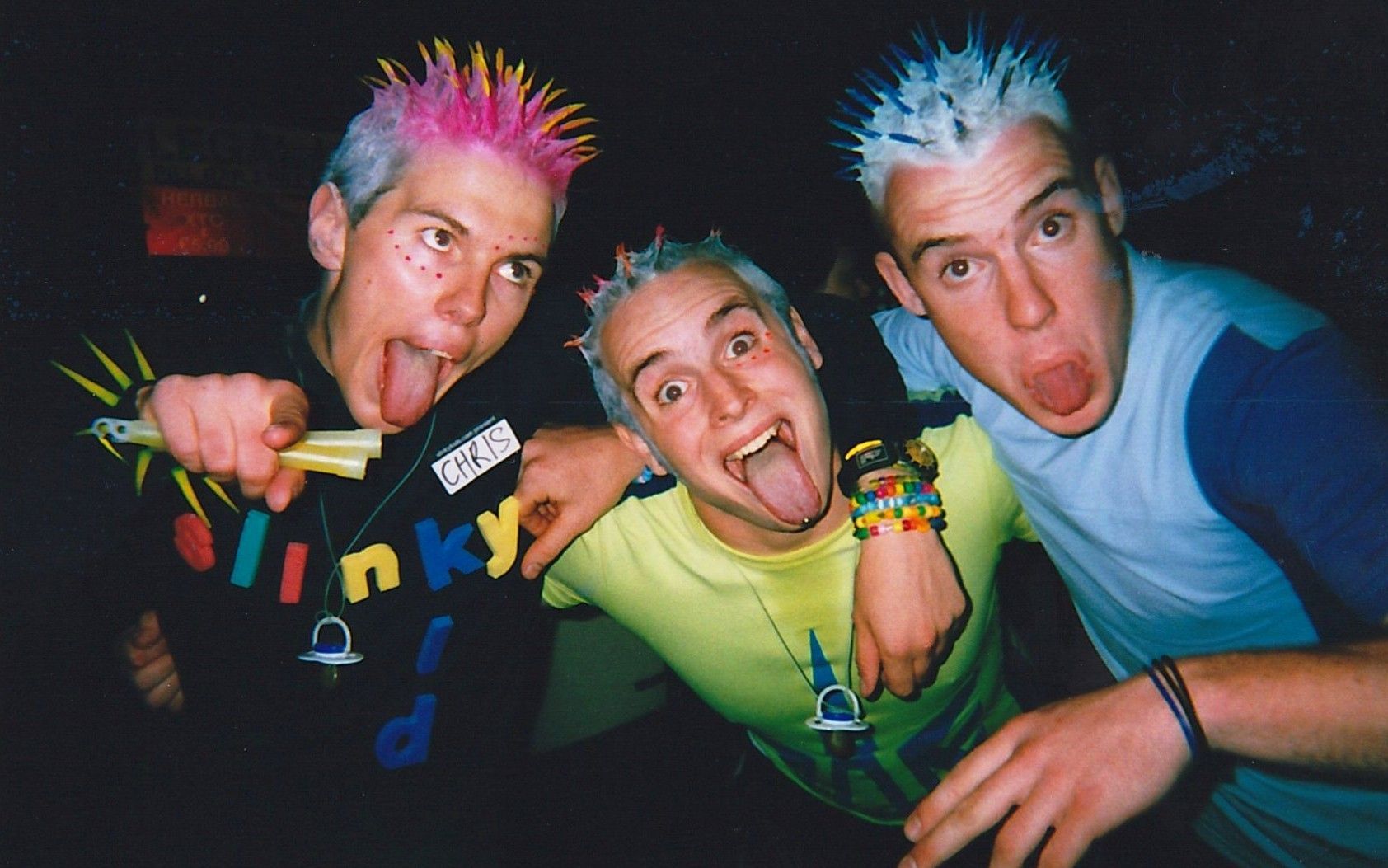
The raves, the fashion, the counterculture How wild clubbing made designers fall in love
Fashion is running out of subcultures to draw inspiration from. Having drained grunge, punk, skate and surf, mod culture, Regency outfits, minimalism, and now Y2K, the aesthetic vocabularies of the past can be declared exhausted. Only the present remains, with its e-boys, the programmed basicness of tiktokers, and its complete absence of authentic youth subcultures-with one notable exception: clubbing. If there is one activity or scene that polarizes interests and discussions, that highlights the rifts between one generation and another, that attracts the attention of the younger generation, it is clubbing in all its forms - from the controversial raves that attract oceanic masses of young people, arousing scandal and disapproval, and inspire the imagery of countless brands, from Diesel, to Prada, to Balenciaga, to the techno scenes that become synonymous with community, liberation and inclusion, as well as hedonism.
The clubbing scene, it might as well be said, is inextricably linked to that of party drugs: a coexistence that began as early as the decadent cabarets of the Weimar Republic, where the legendary Anita Barber chewed roses dipped in ether and chloroform, and then exploded again in the 1980s and 1990s with the spread of MDMA, ketamine, LSD, methamphetamines and unfortunately the notorious "roofies" such as Rohypnol and GHB. It is precisely the social unacceptability of these drugs, along with the disturbance of the peace and the occupation of abandoned spaces, that has made raves hated by "daytime" society since the time of Margaret Thatcher and the birth of techno music in Detroit, creating another inextricable association between rave parties, anarchy and social decay that still endures today. To this day, rave culture, even with all its limitations, remains the only authentic counterculture left in society, capable of bringing together entire generations who, on stage, find complete liberation from social conventions, for better or worse. Yet another association, and this time a positive one, links the world of raves to fashion, and specifically to a dress code that, while evolving over the years, has deeply marked many fashion designers who, in recent years, have decided to co-opt it, integrating it into their own collections.
According to online community IEDM.com moving from Ibiza to underground locations. «the general rave wear began to shift from designer dresses to something a bit more industrial: boiler suits, overalls, and phat pants. Over-sized and functional with a hippie twist was the style […] a few bright accents like whistles and beads were just as important in spicing up a fit. A quintessential piece of clothing from these days was the yellow smiley-face tee, which became an iconic symbol for this generation». In the 1990s all these trends reached a boiling point: while here in Italy, and specifically in Rome, Leo Anibaldi and Lory D were founding the Roman clubbing scene with its bacchanals of techno, ecstasy and brawls; in the Worcestershire hills a human tide of between twenty thousand and forty thousand heads terrorized the villagers of Castlemorton for a week, leading to the first real criminalization of rave parties in England.
Meanwhile, in Berlin, after the fall of the Wall, young people from the East side of the city began organizing illegal parties in the abandoned power plants, warehouses, underground stations, and bunkers with which the city was teeming, playing aggressive music, with bass even harder than the techno coming from the underbelly of Detroit. In 1990 American Frankie Bones along with Adam X brought rave culture to Brooklyn, to a divided, segregated city terrorized by AIDS and sky-high homicide rates, whose youth sought a sense of community and an outlet, under the banner of the motto PLUM (The Peace, Love & Unity Movement) creating a safe and discrimination-free space. Later on Peace, Love and Unity were also joined by Respect, giving birth to the PLUR slogan that still represents the philosophical basis of early rave culture but which, today, has been lost submerged by tragic incidents, cases of sexual harassment and the commodification of rave flattened in drug abuse or fashion superficiality.
She’s on another level pic.twitter.com/JOftviqng4
— Rave Moments (@Rave_Moments) November 7, 2022
Creating a utopian world for countless young people, where the unhealed traumas of the 1980s and the spectres of the 1990s disappeared under waves of bass and MDMA, rave culture was now rampant everywhere in Europe, reaching its peak just as raver outfits began to evolve into a new dimension. With cyberpunk suggestions and futuristic anxieties inspired by the birth of the Web, the looming 2000s, and the legend of the Millennium Bug, raver outfits began to reflect a utopian, hyperchromatic future. Visors and famous wrap-around glasses appeared, technology became an accessory, neon colors moved from clothing to hair styles that were decorated with spikes, alien cuts, mixed with adidas jumpsuits, cartoon characters, colorful plush, tie-dye graphics, glitter. The lure of a childhood filtered through the lens of ecstasy was mixed with a sense of freedom and hedonism that flowed into the bizarre kandi culture, enamored with the colors and values of pacifism and universal love: fluorescent bikinis mixed with tall furry boots, glowing pacifiers, telephone wires used as necklaces and plastic jewelry, Barbarella-style jumpsuits, make-up and wigs were everywhere.
Toward the end of the 1990s, due to the criminalization of raves now finally emerging in the sphere of collective consciousness, two different aesthetic currents emerged: in places like the United Kingdom, where rave music was channeled into underground clubs, looks became more regularized, marking the return of the cocktail dress for women and a more hip-hop-inspired outfit for men; in the shadow of Berghain, on the other hand, which became a techno club in 2004, or in London's grime circles, a more basic style was born, dominated by black colors with utility and BSDM hues, sneakers and fishnet socks, tracksuits and beanies, see-through shirts and classic sunglasses to hide drug-flushed eyes and pacifiers or mouth guards to disguise convulsive jaw movement.
As the 2010s approached, everything turned into a great pastiche of present and past aesthetics, undoing the immediate recognizability of that dress code, and becoming reinterpretation material for fashion. From the earliest years of his tenure at Givenchy, Riccardo Tisci had created looks indebted to the rave world as early as 2010, with his leather jackets, leggings and shorts combo, and religiously-themed jerseys, then accentuated over the course of subsequent collections for the brand and culminating in Givenchy's SS14 but actually present somewhat throughout his menswear output. Then, in 2015, it was Marcelo Burlon who inaugurated his brand by forever mixing nightlife, streetwear and luxury fashion into an unmissable equation for years to come. Elsewhere, in 2016, Miuccia Prada made Miu Miu's Resort 2017 collection an ode to the ravers of the 1990s with orgies of prints and colors, synthetics, and childlike jewelry; Marc Jacobs did the same in the same season while, for FW17, it was Versus Versace who signed a collection played on light blue, hot pink, and black that was reminiscent of the outfits of the Gatecrasher Kids of Sheffield; in the same season Libertine and Gypsy Sport also created similar looks, but it was Kris Van Assche at Dior Homme who printed Dan Witz's hyper-realistic paintings of a chaotic mosh pit in which heads and arms mingled in a psychedelic swirl on jackets, capes and pants. In the following season, SS18, the rave aesthetic seemed to sweep through the catwalks of Europe: Missoni and Maison Margiela produced pleasingly chaotic looks that winked at kandi culture, so did Jeremy Scott for his eponymous brand while, in the following months, it was the turn of Koché and Walter Van Beirendonck to adopt kaleidoscopic prints and electric colors.
The huge watershed came, however, with Raf Simons' FW18, the one of Christiane F. prints and Drugs graphics to be clear, in which the Belgian designer transformed the raver's outfit into a sort of meta-reflection on himself, sublimating it into an avant-garde design in which the iconography of rave culture became explicit and artistic decoration of clothes. Also that season Christopher Bailey paid homage to British raves in his last Burberry collection while Prada seemed to take inspiration from that world in its use of colors in womanswear and its overabundance of nylon jackets and bucket hats in menswear. The second and new watershed came at the hands of two Georgian brothers who had turned the heads of half of Paris with their irreverent irony: they were Guram and Demna Gvasalia, and Vetements' SS19 collection brought the vibe of Eastern European raves into the language of Parisian fashion. Other raves that season also cited that club outfit: Palm Angels, Matty Bovan, Martine Rose, and even Emporio Armani button-downs. From there on, that kind of aesthetic simply did not go away: designers such as Virgil Abloh, Matthew Williams, Daniel Lee, Martine Rose, Demna, Ludovic de Saint Sernin, Jonathan Anderson, Kim Jones, and Francesco Risso have all evoked it in the last three or four years. The rave world then also arrived at Milan Fashion Week through DJ Max Kobosil and with his 44 Label Group, which is basically a luxury version of the classic rave look.
Making a real workhorse of it, however, is Glenn Martens' Diesel, which has not only reclaimed the lysergic sci-fi aesthetic of raves for its Diesel shows, with its symphonies of twisted denim, exposed pelvises, and acid visual overload of color and distressing, but has even organized a real 17-hour rave in London. An initiative consistent with the imagery conceived by Martens for the brand but one that will necessarily have to confront the kind of transgression that a rave implies-but to succeed requires taking risks.











































